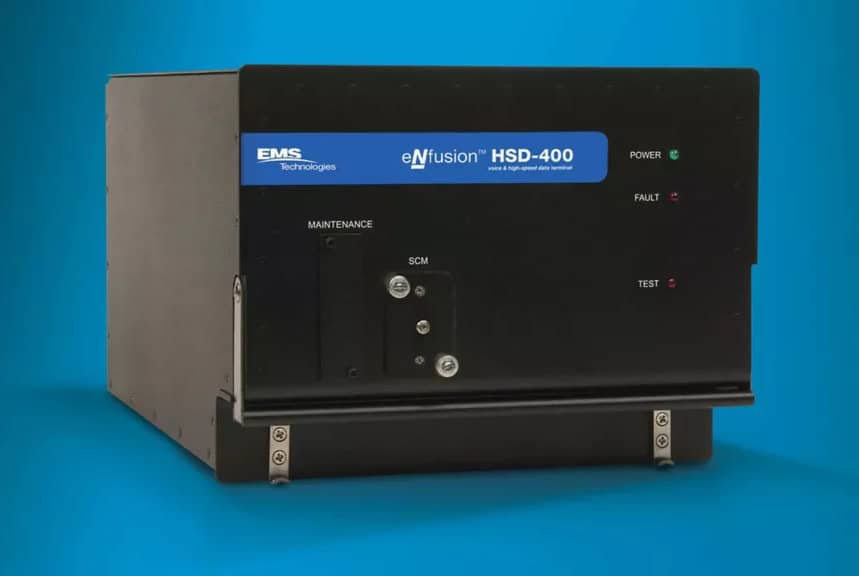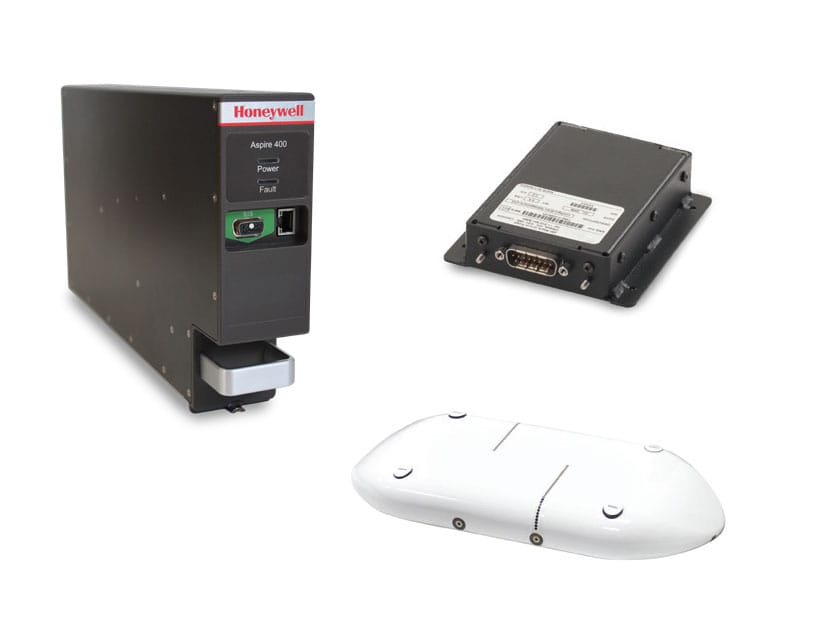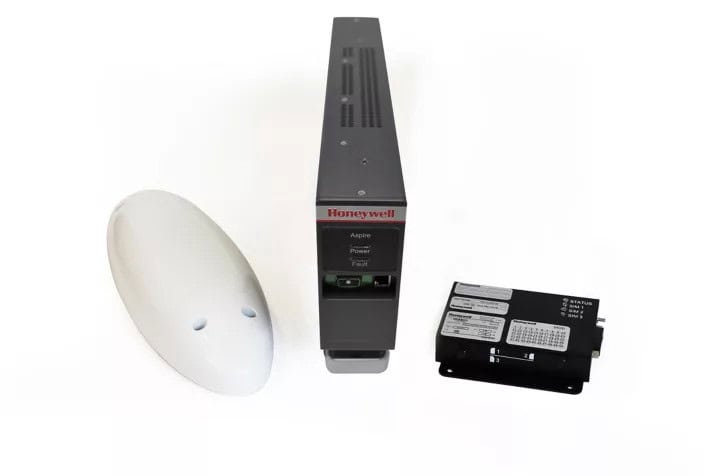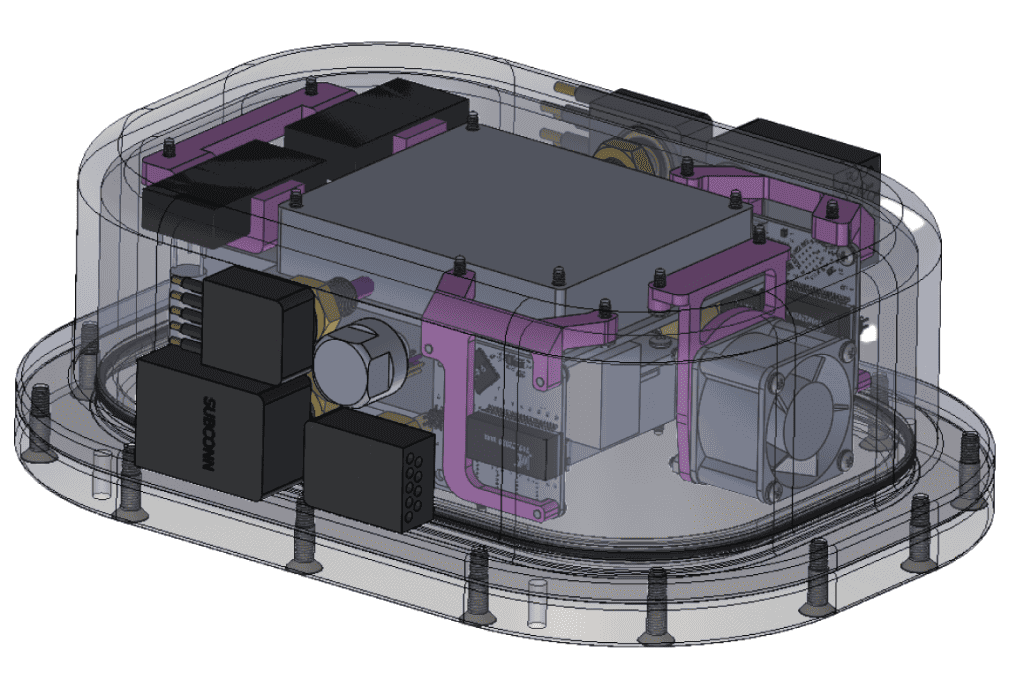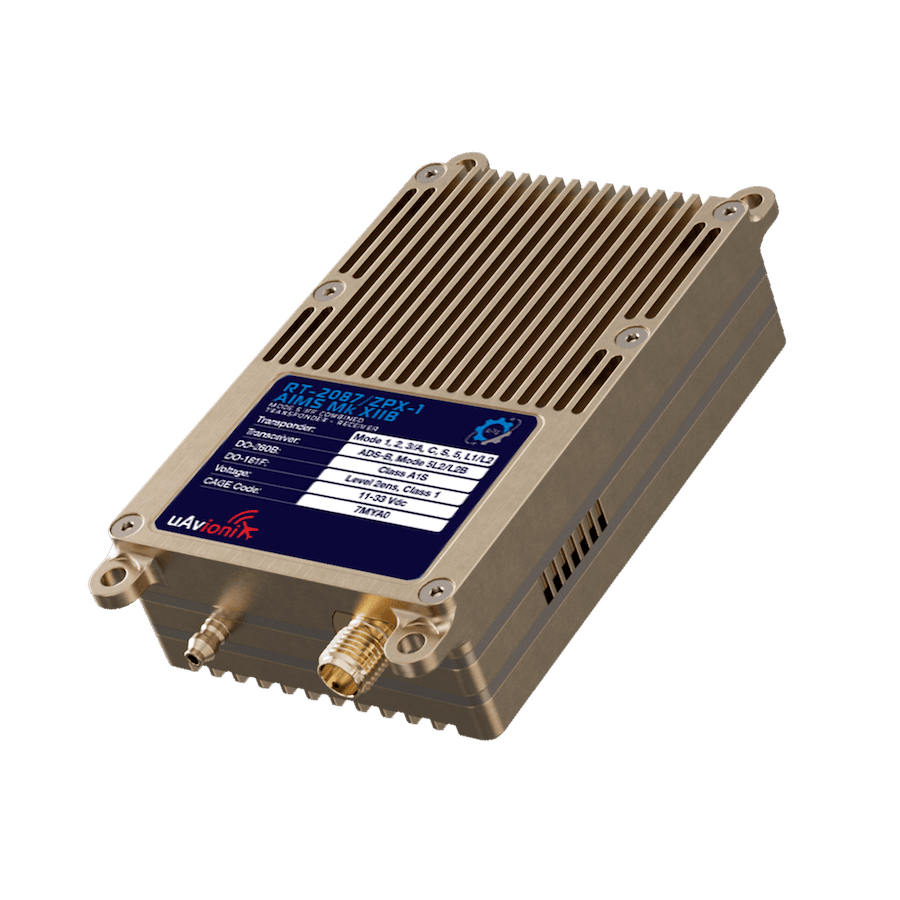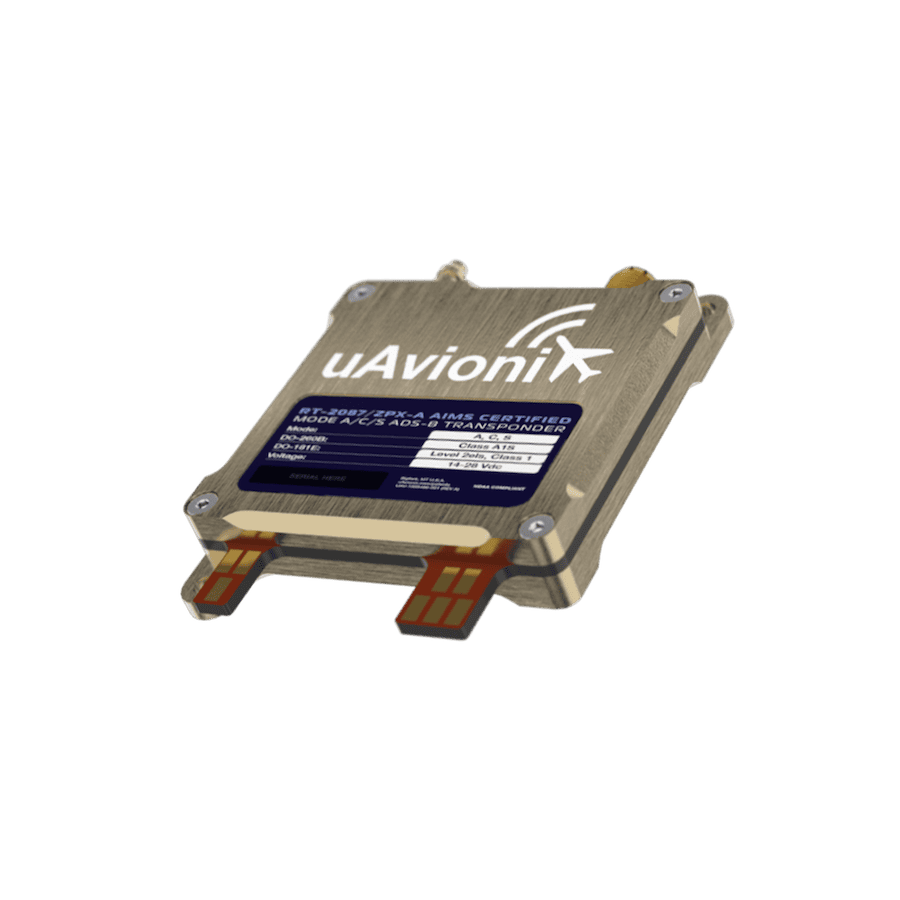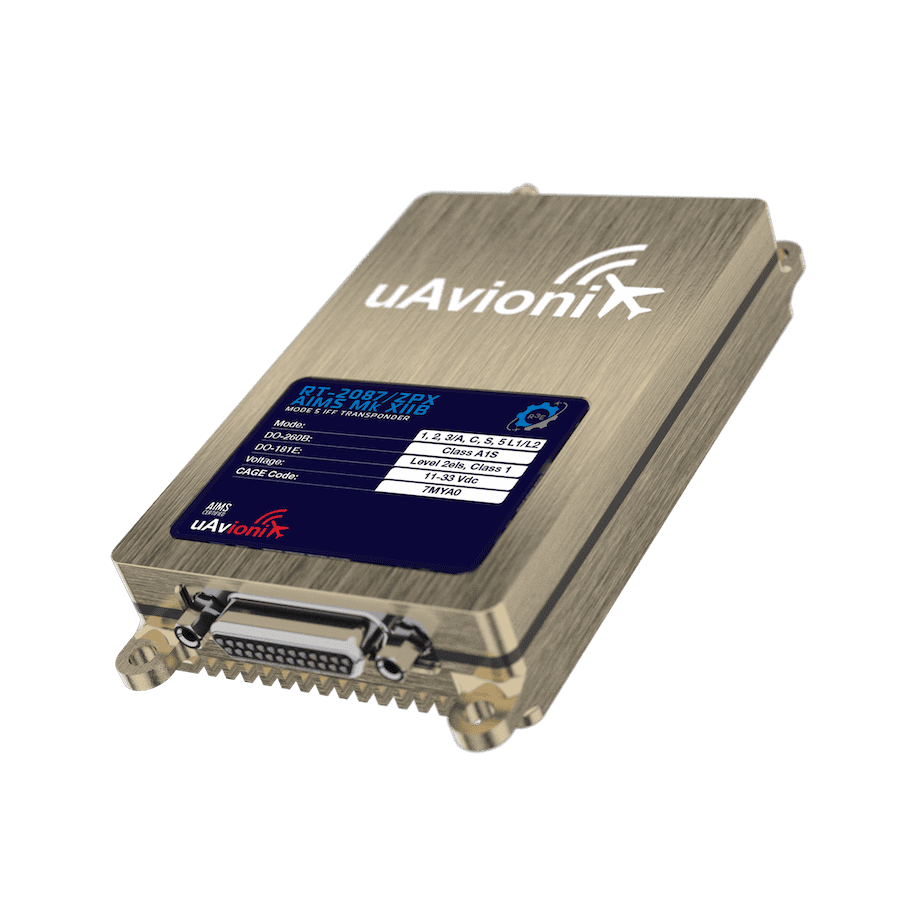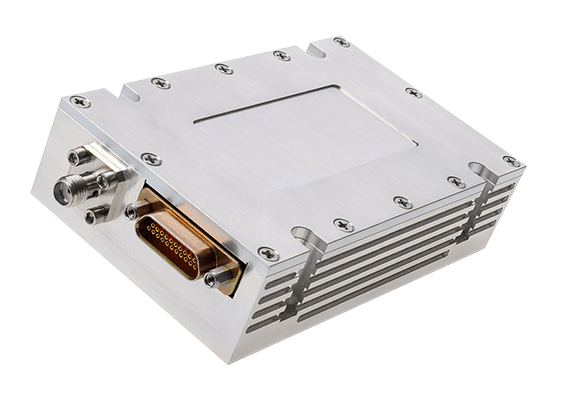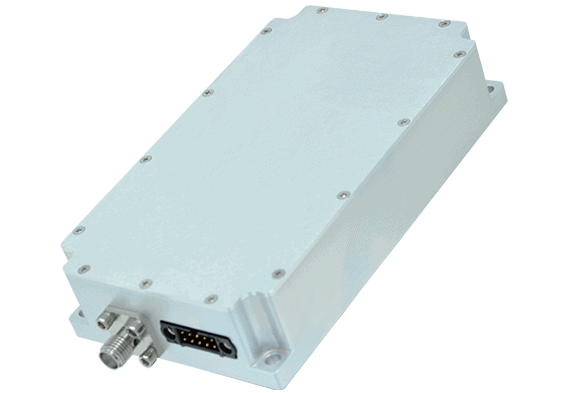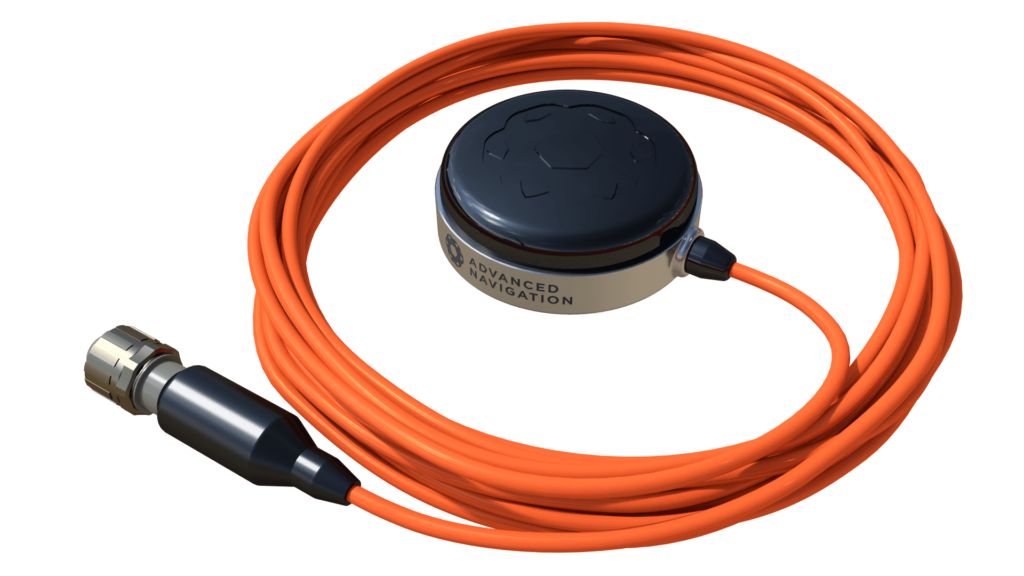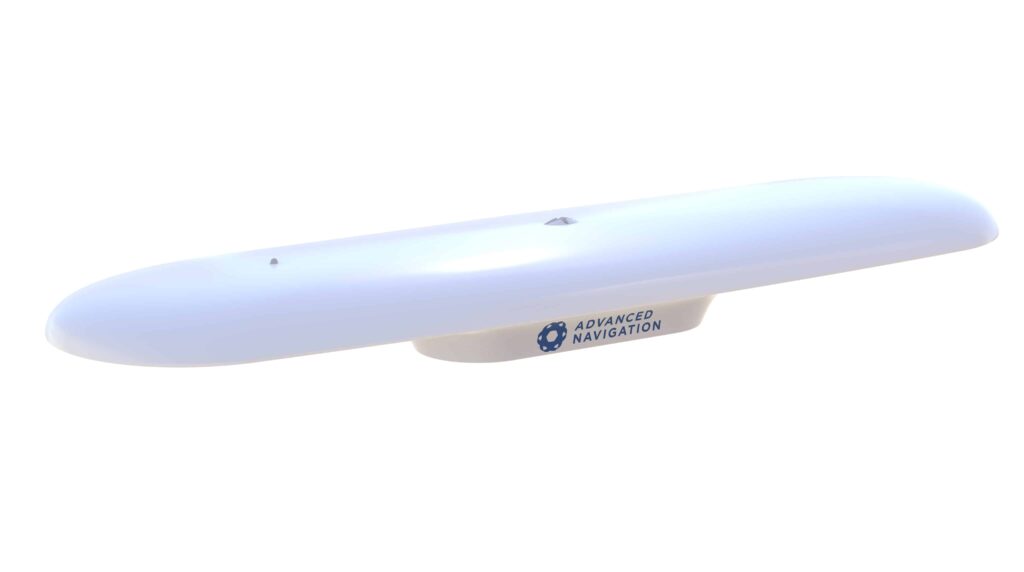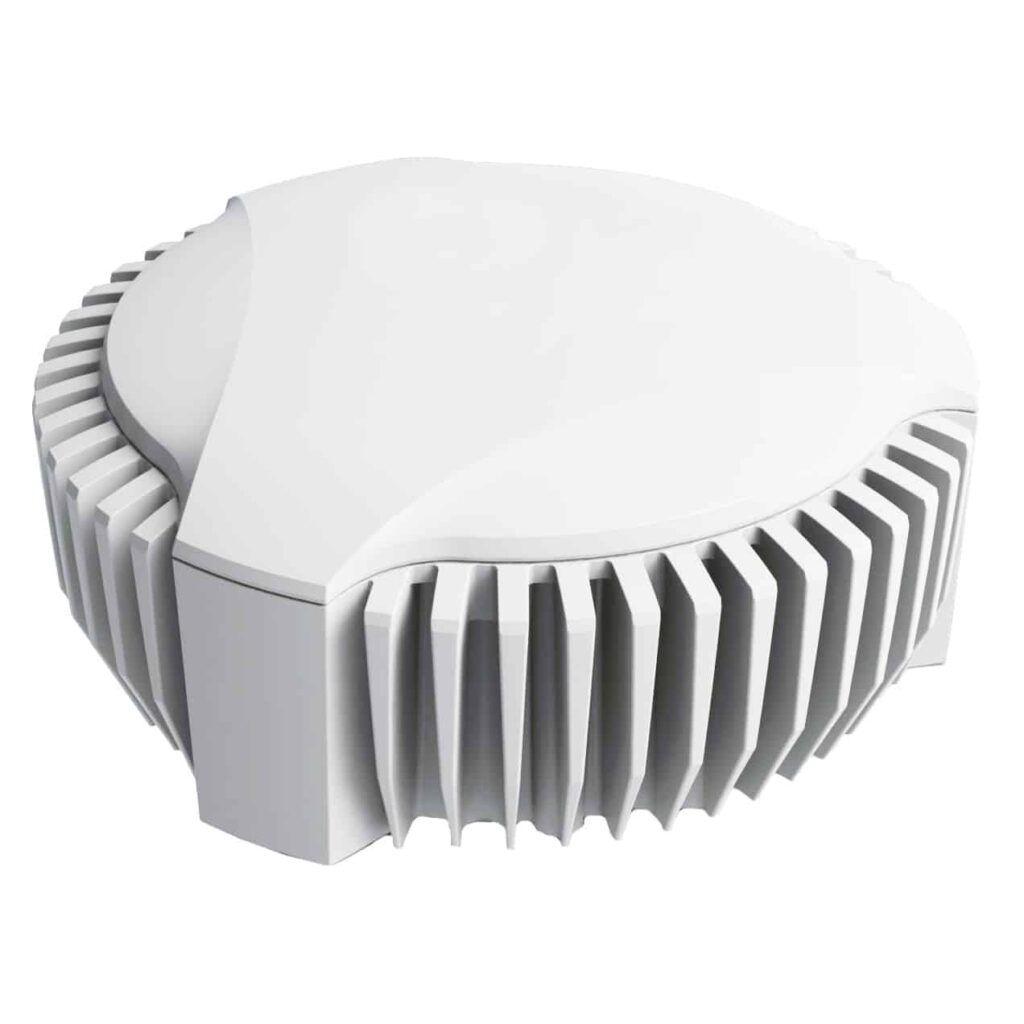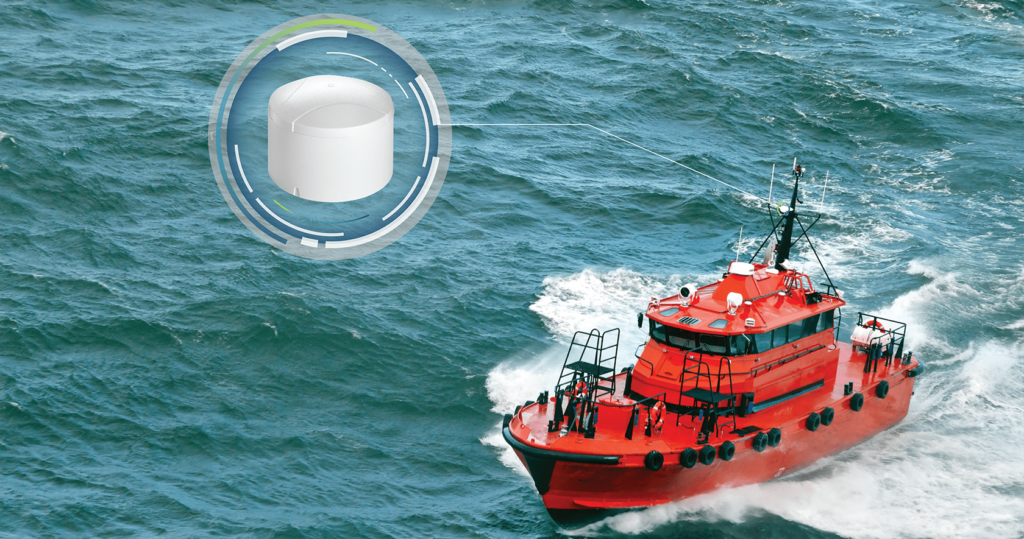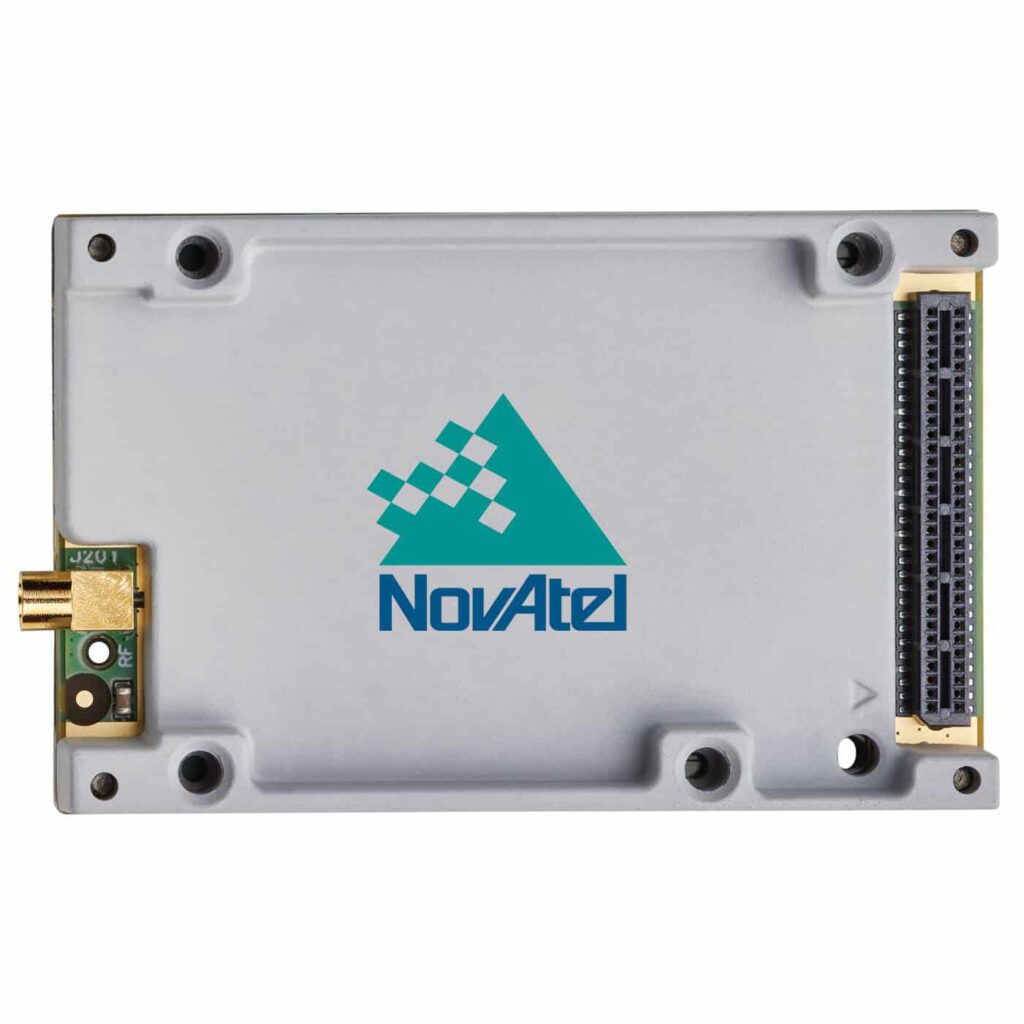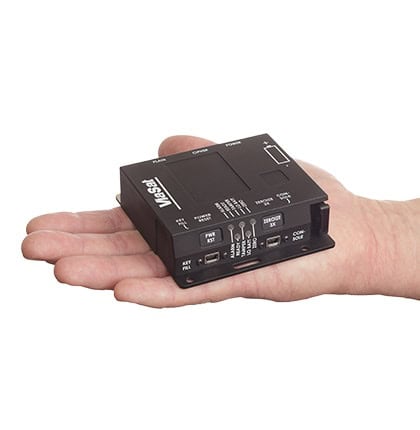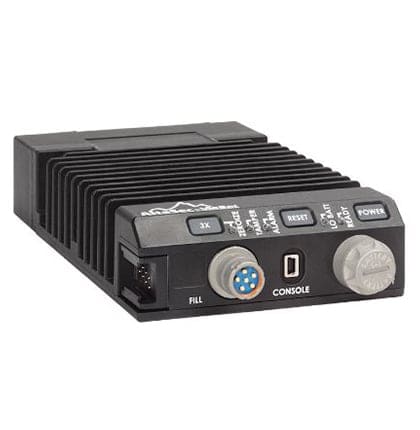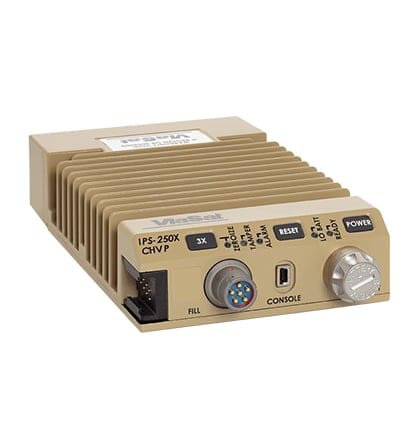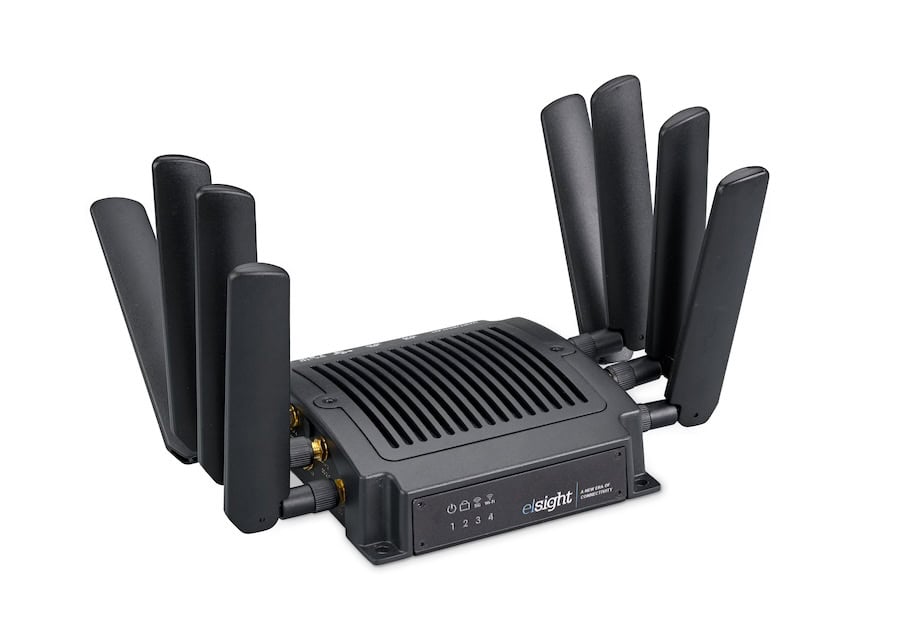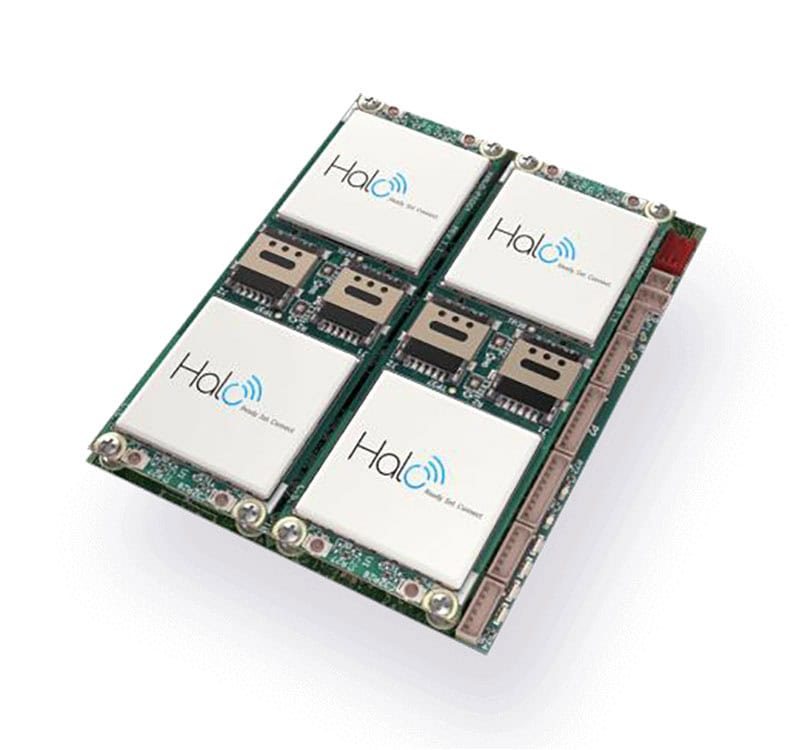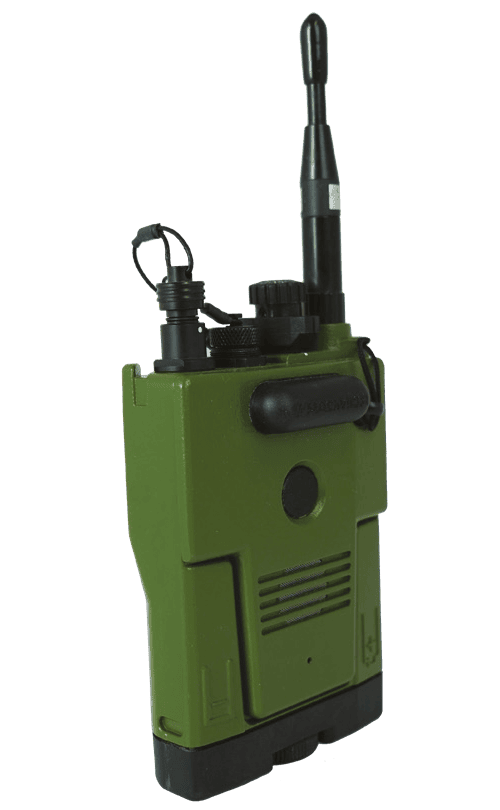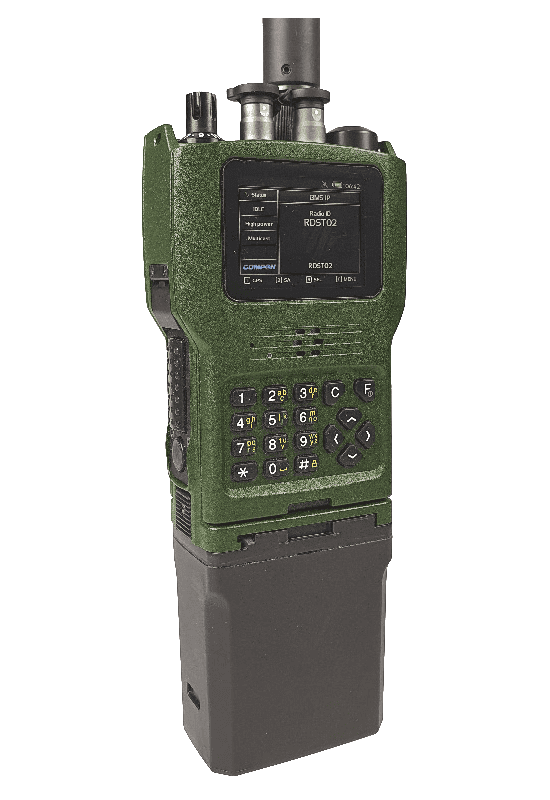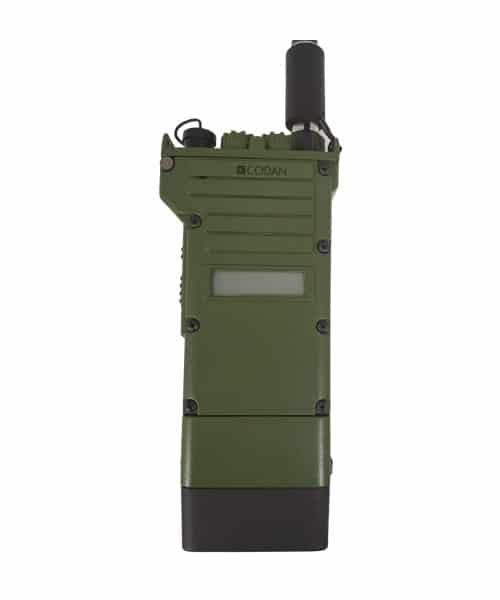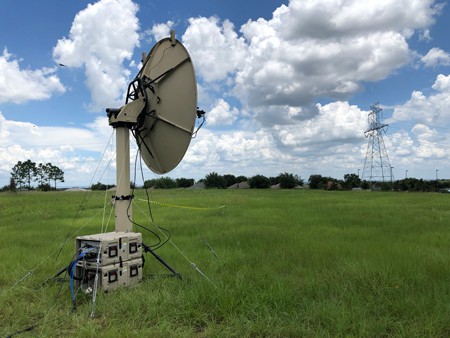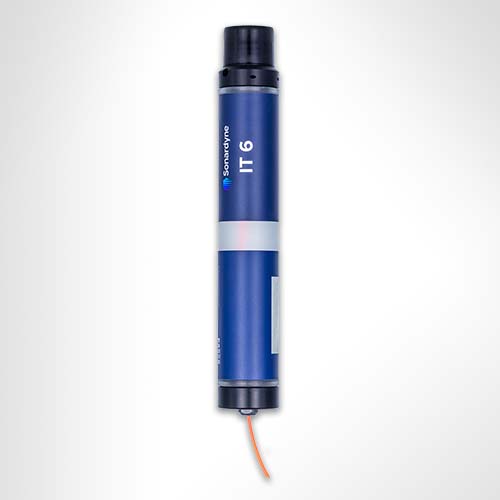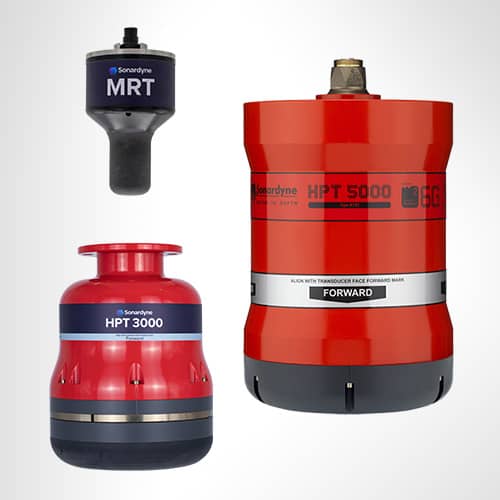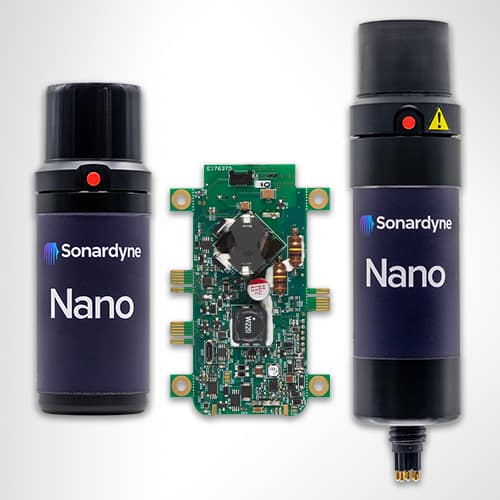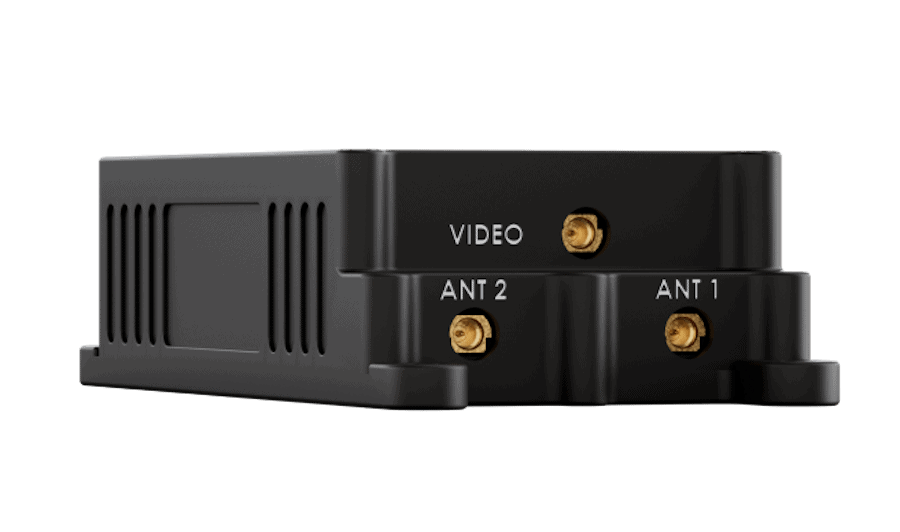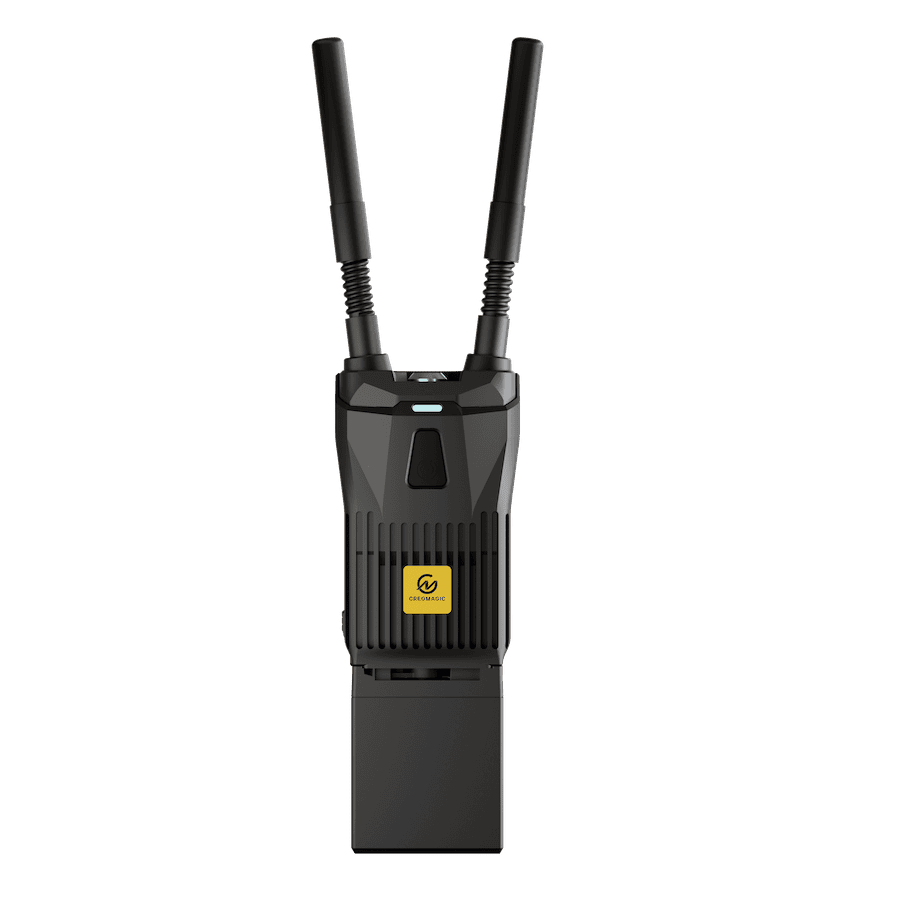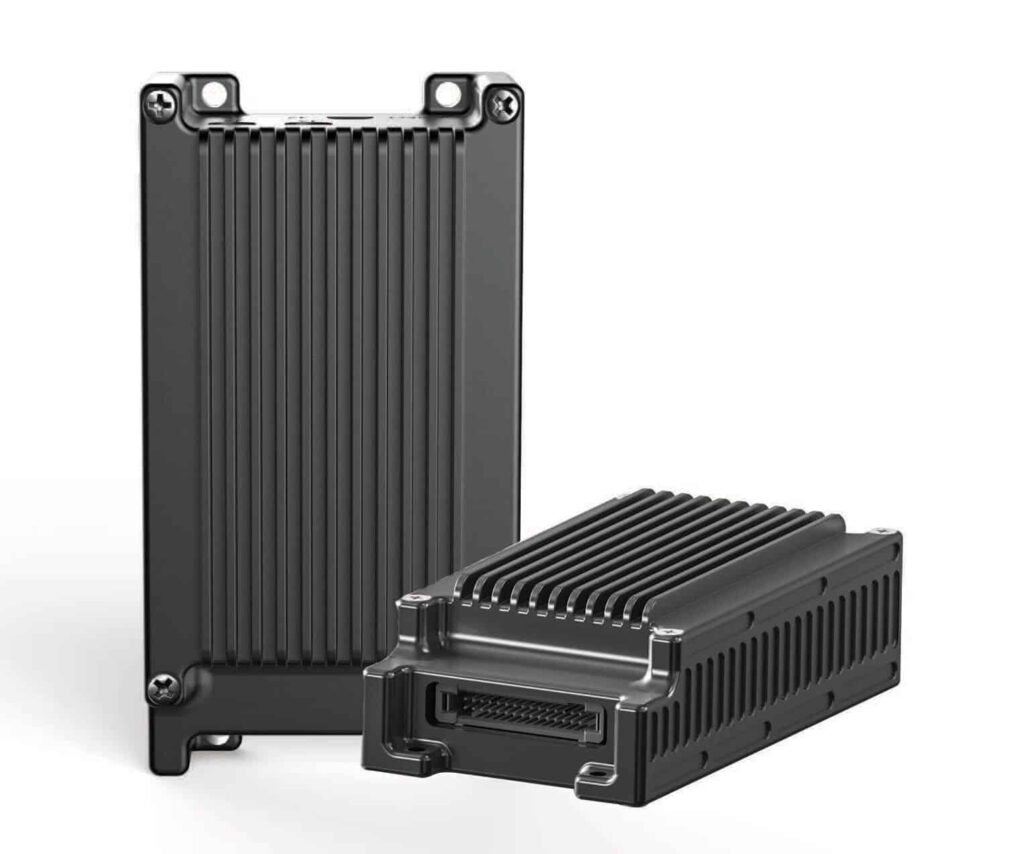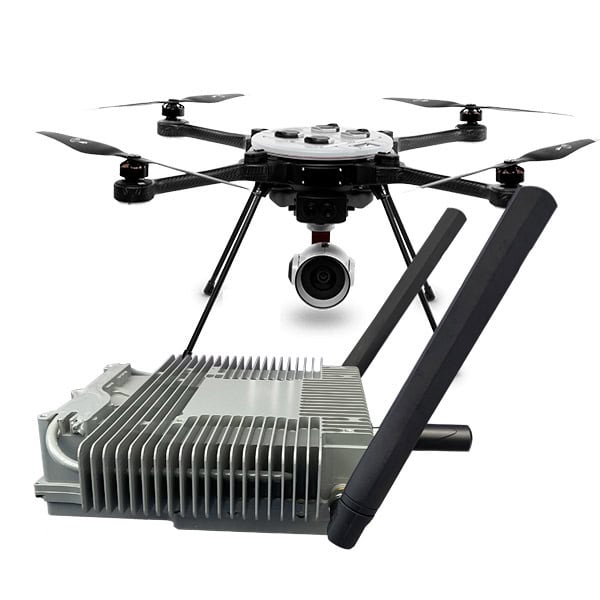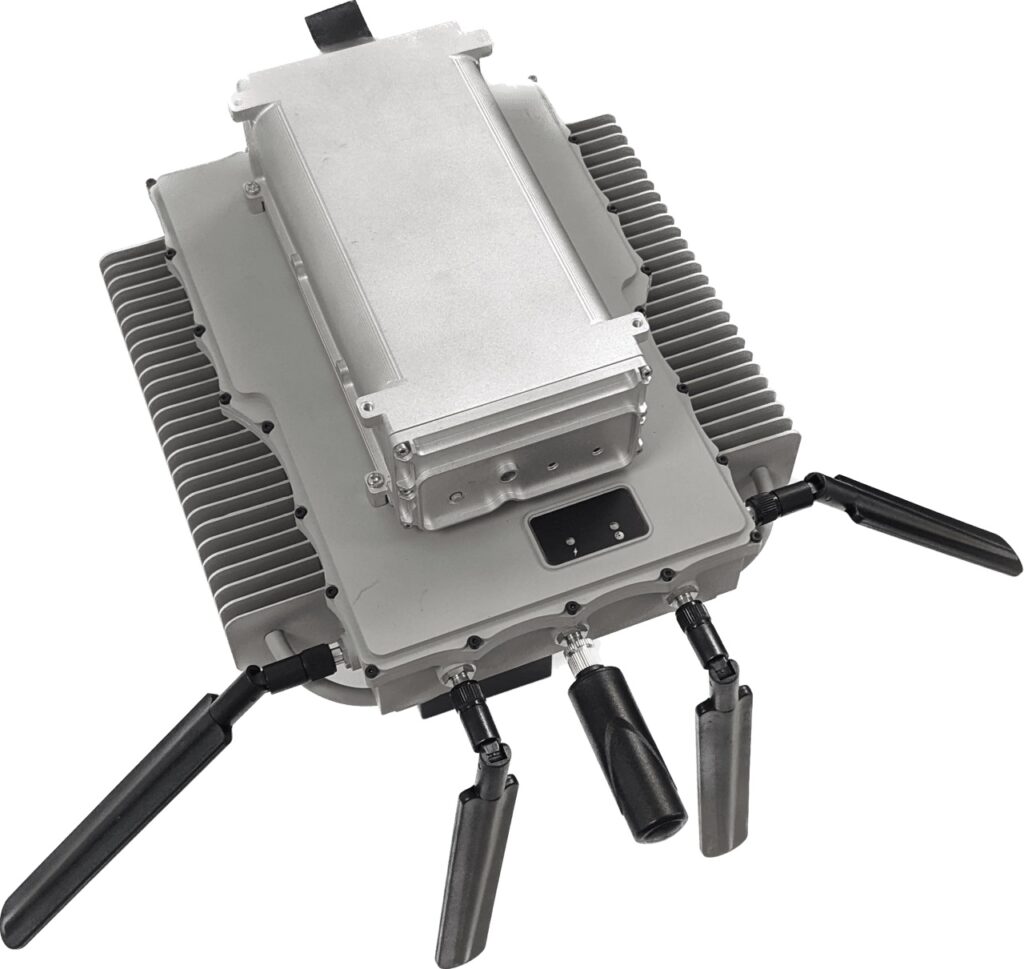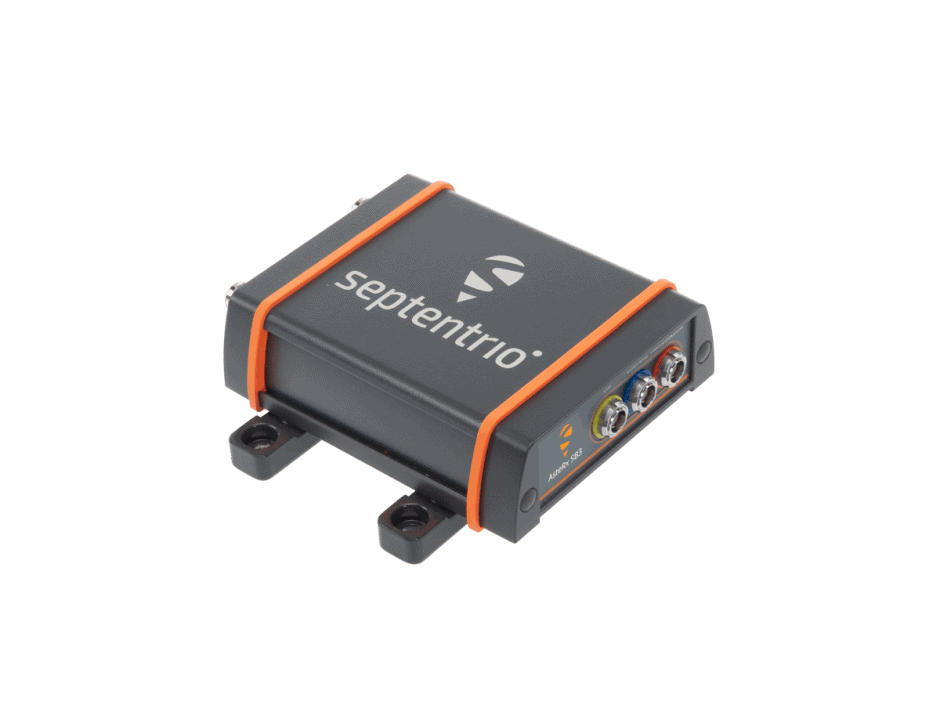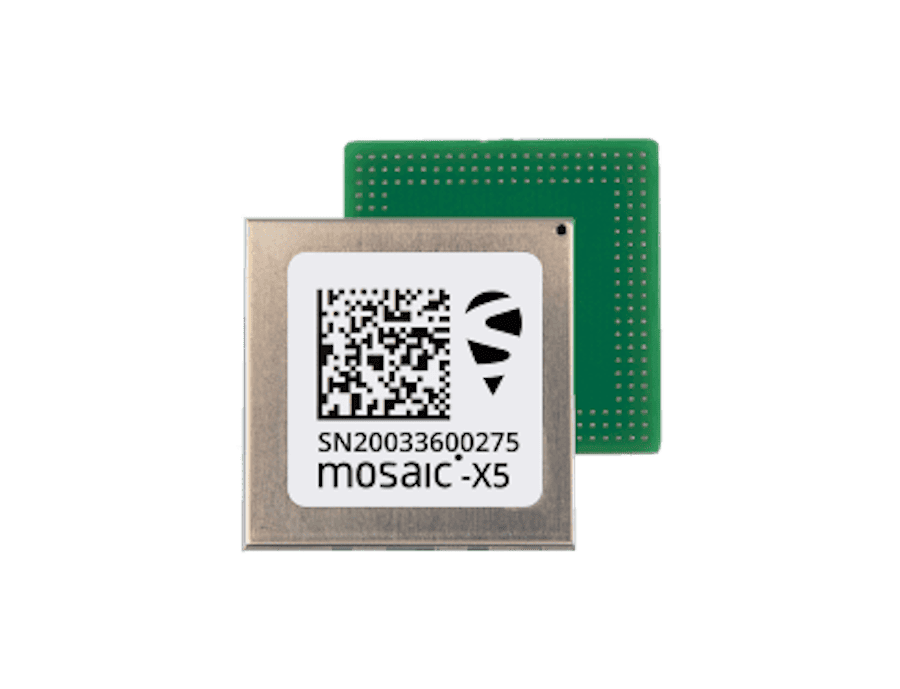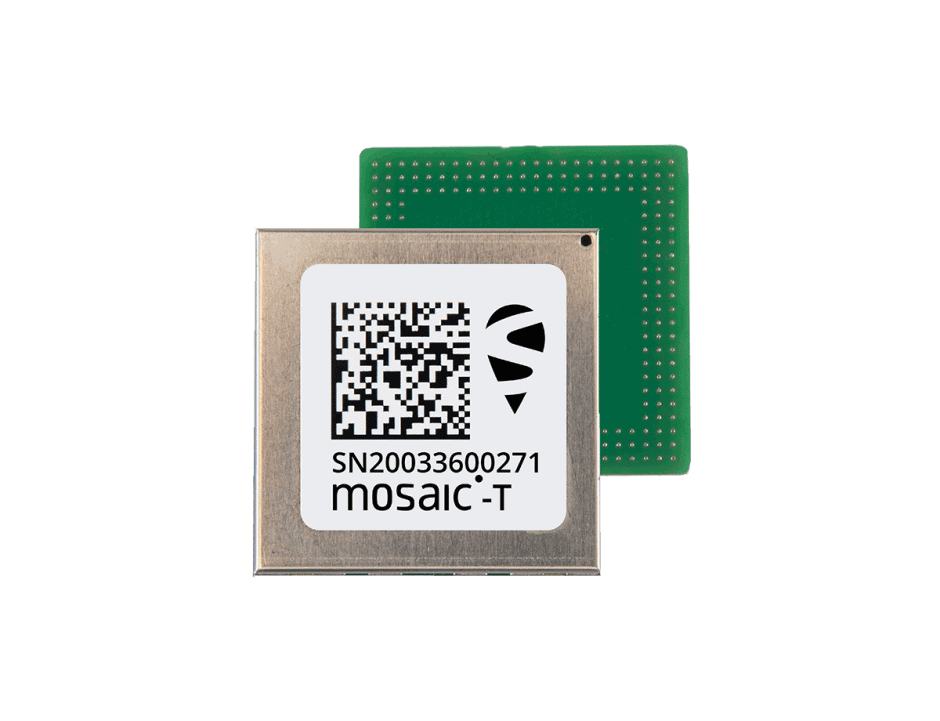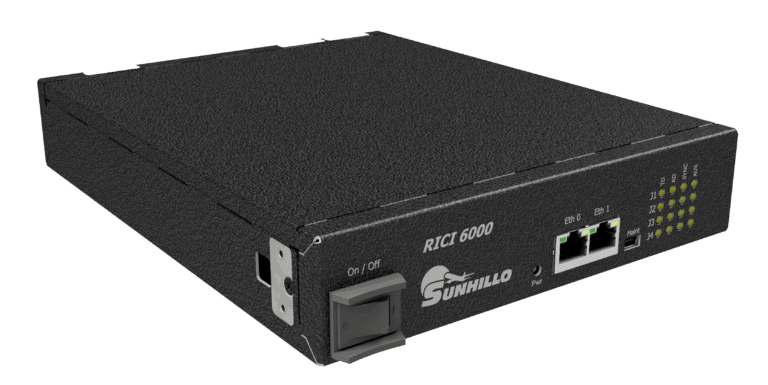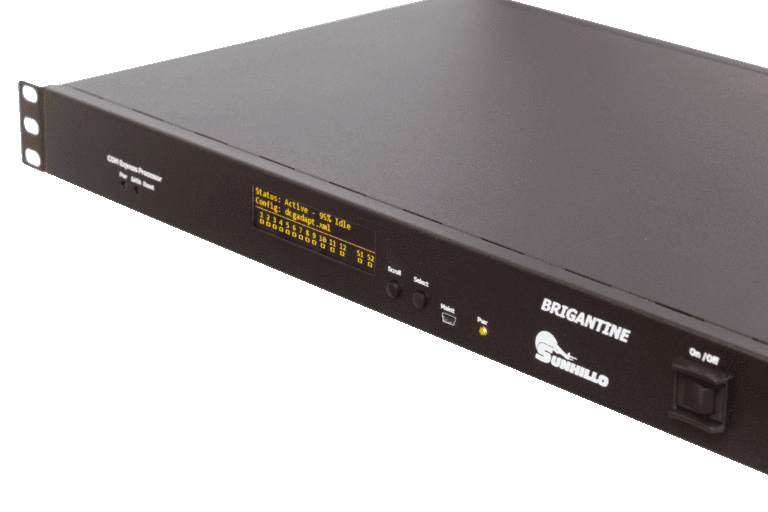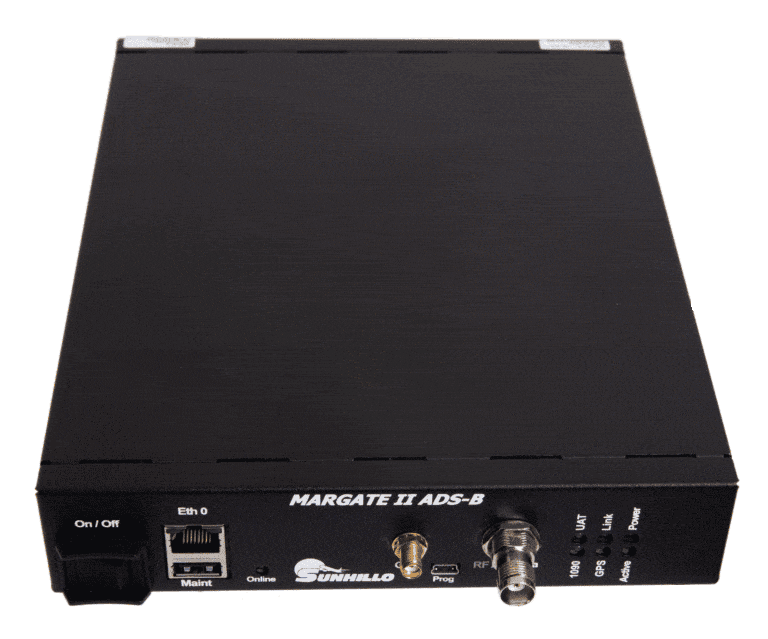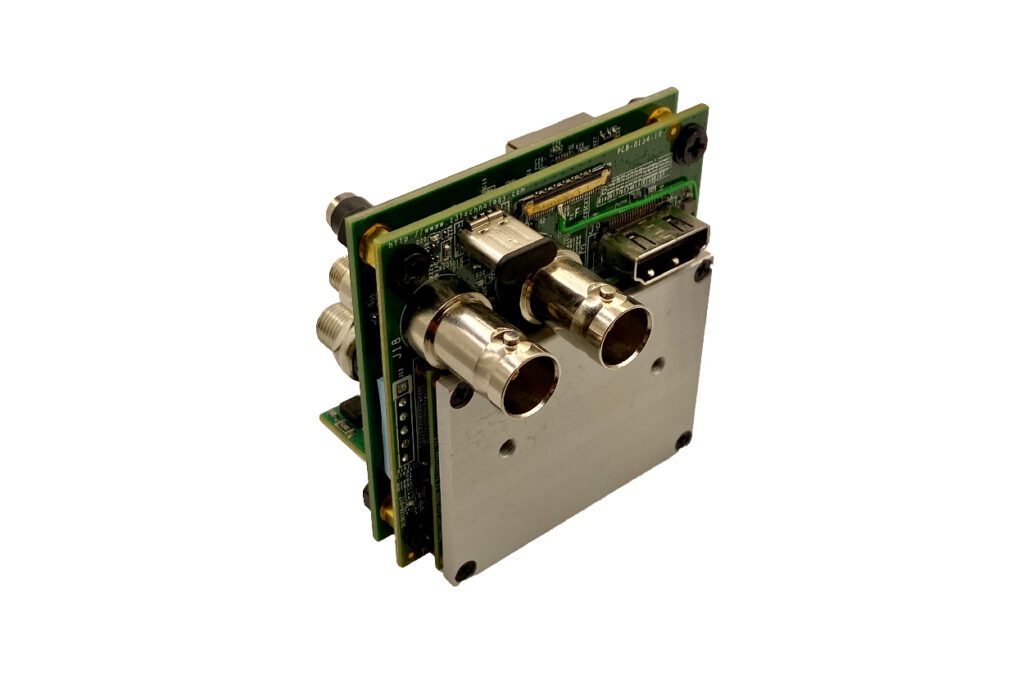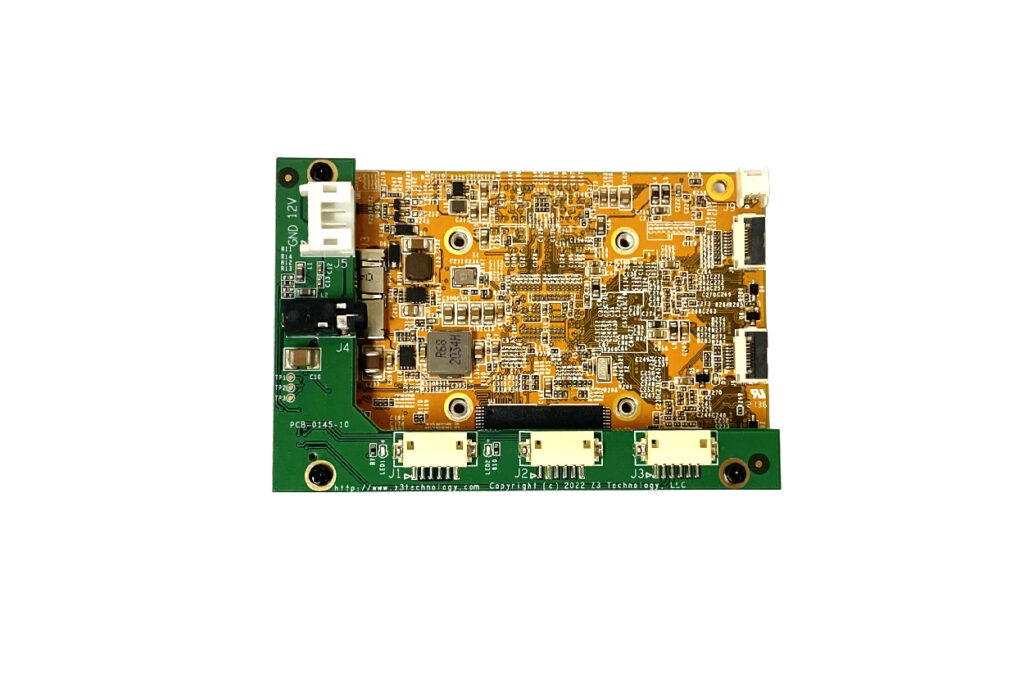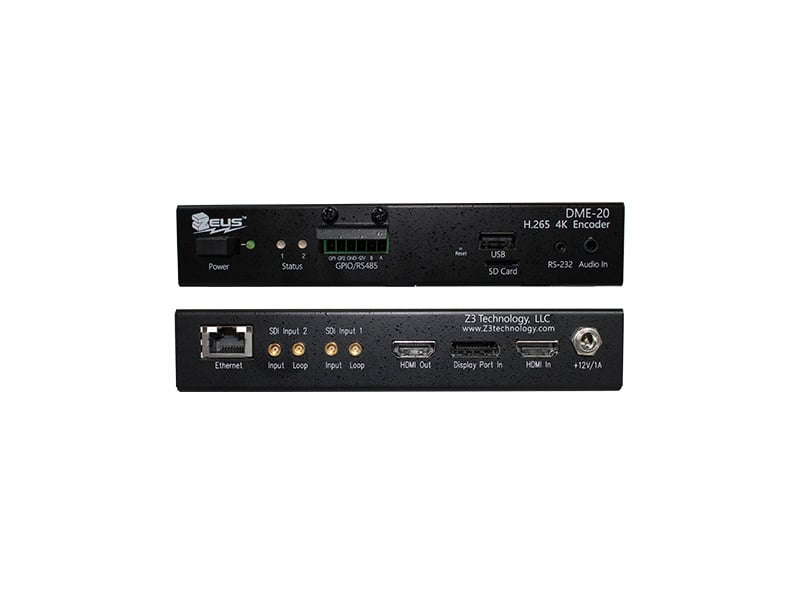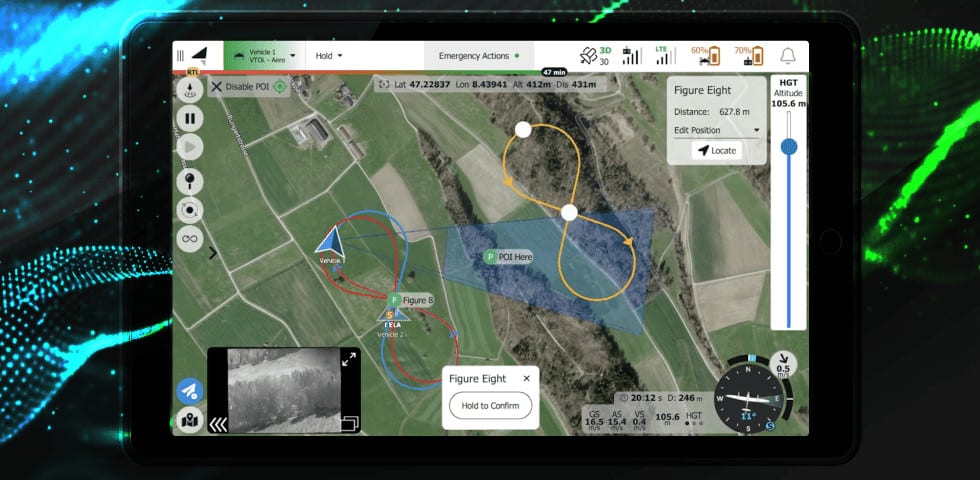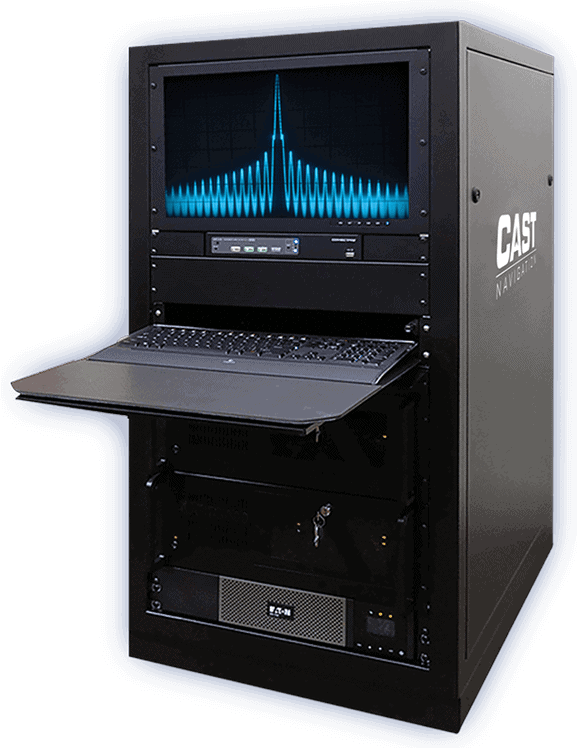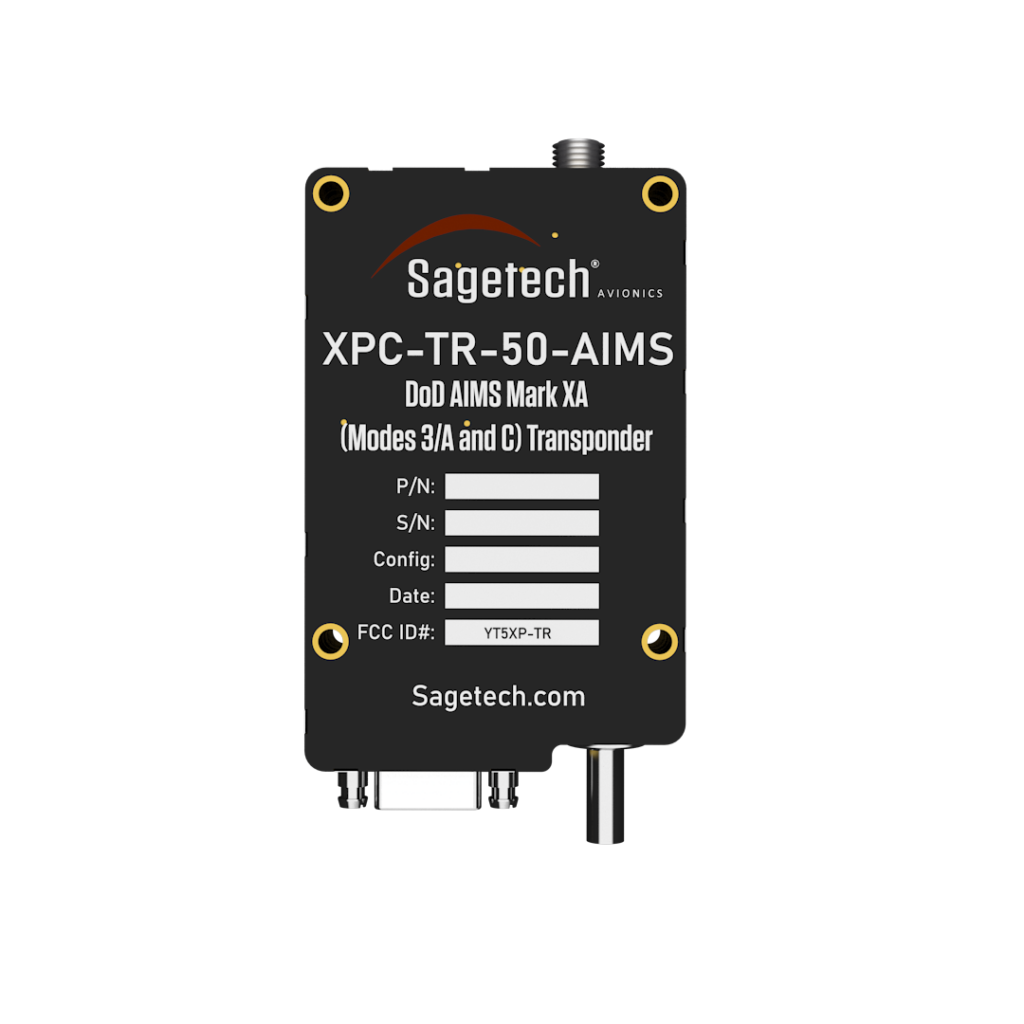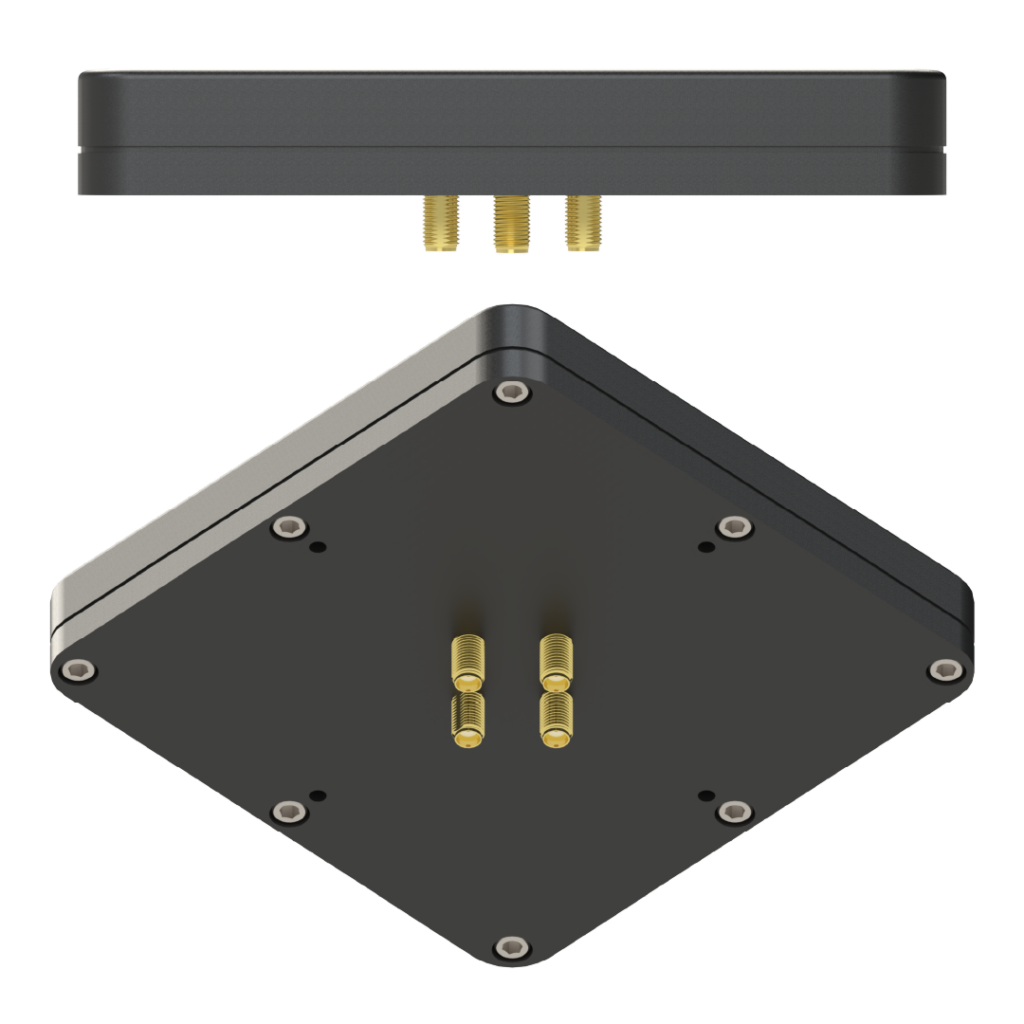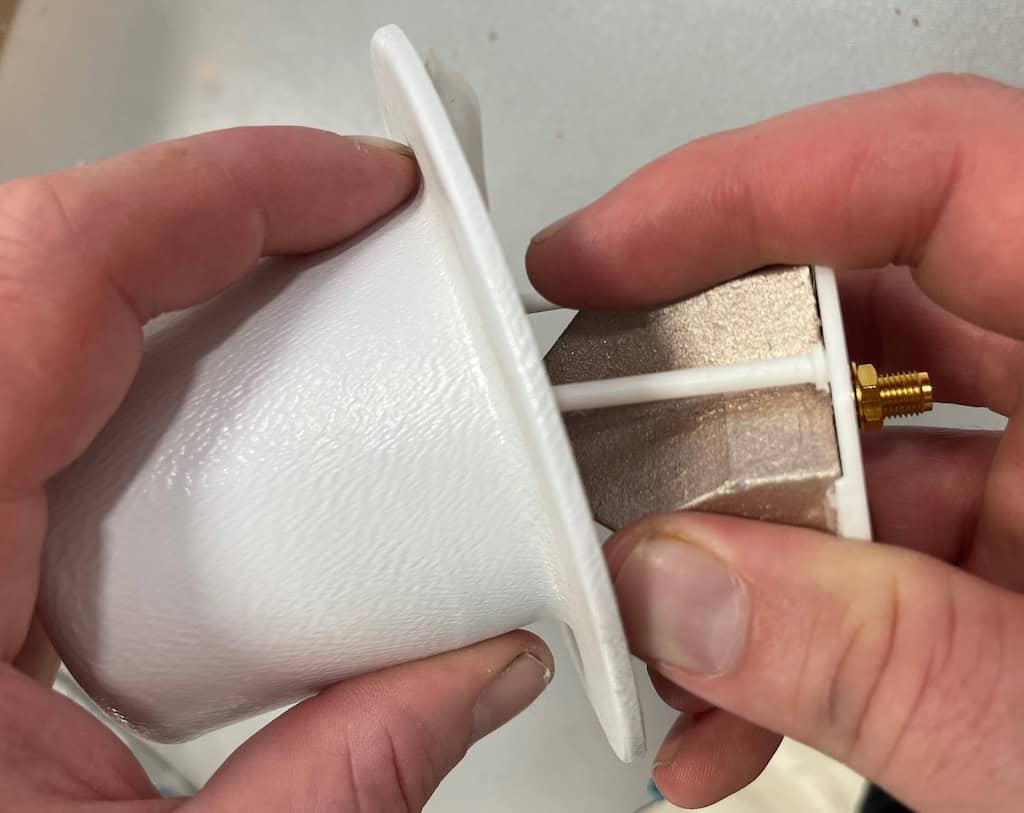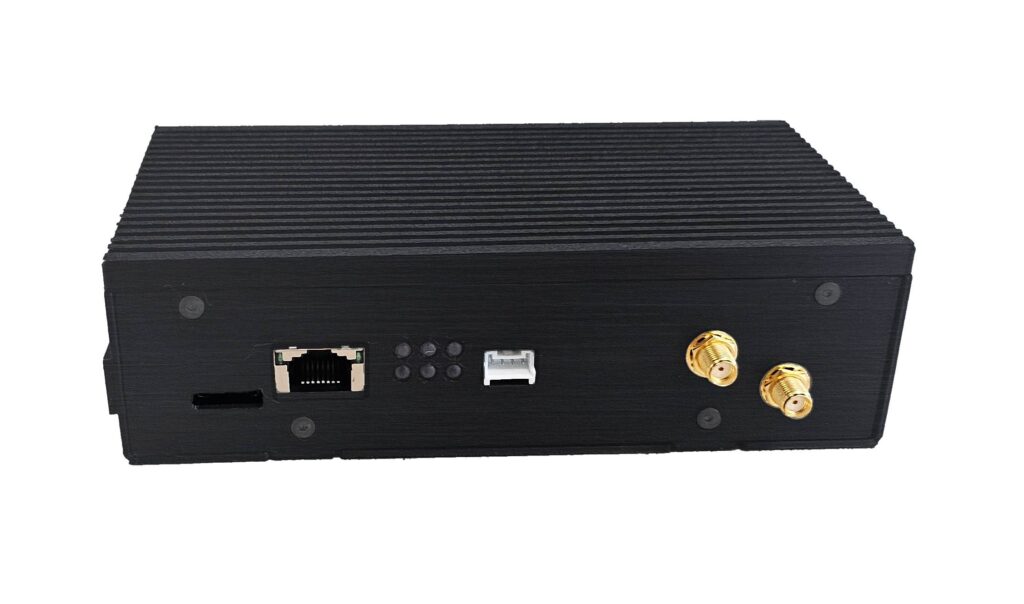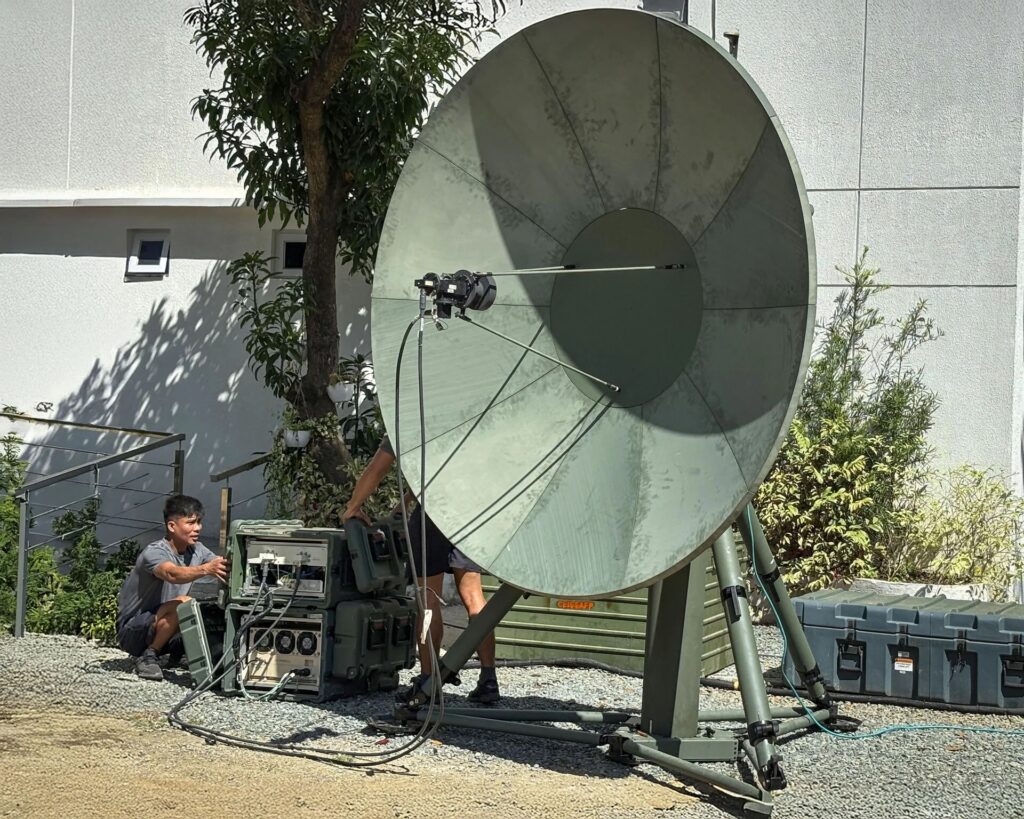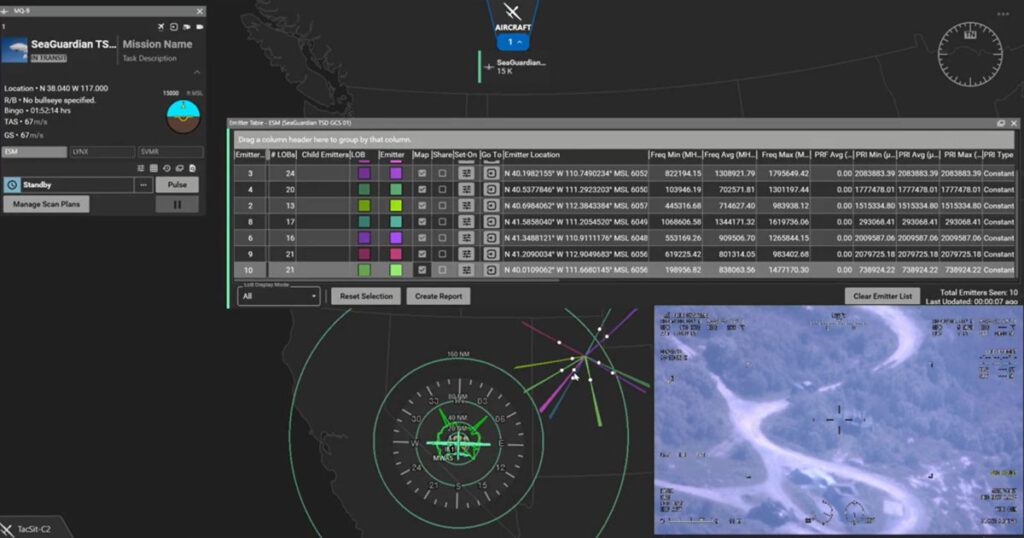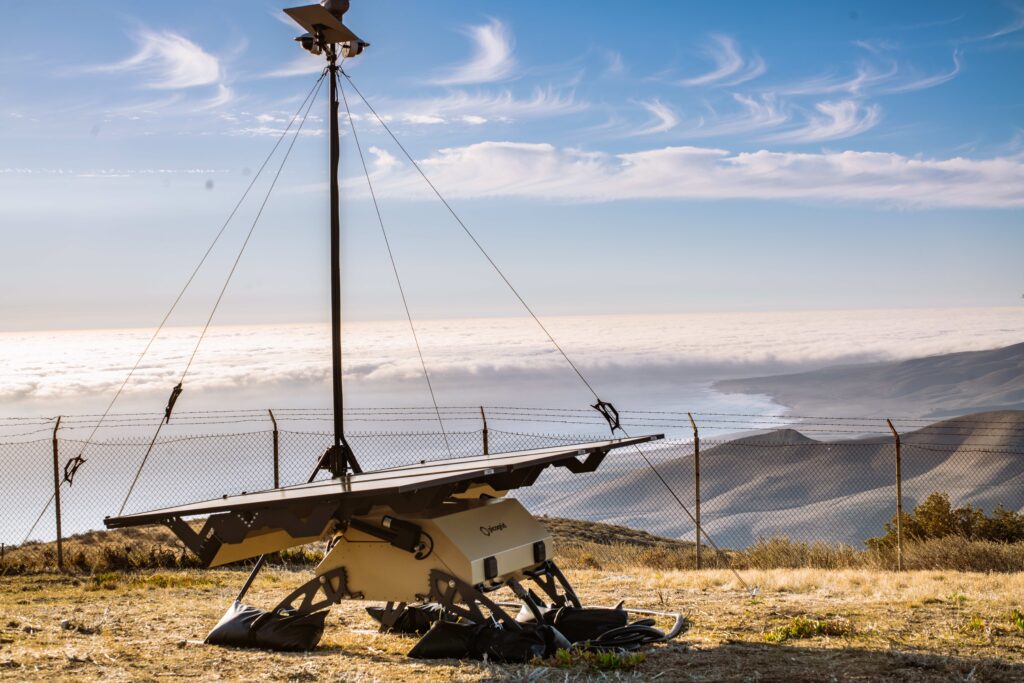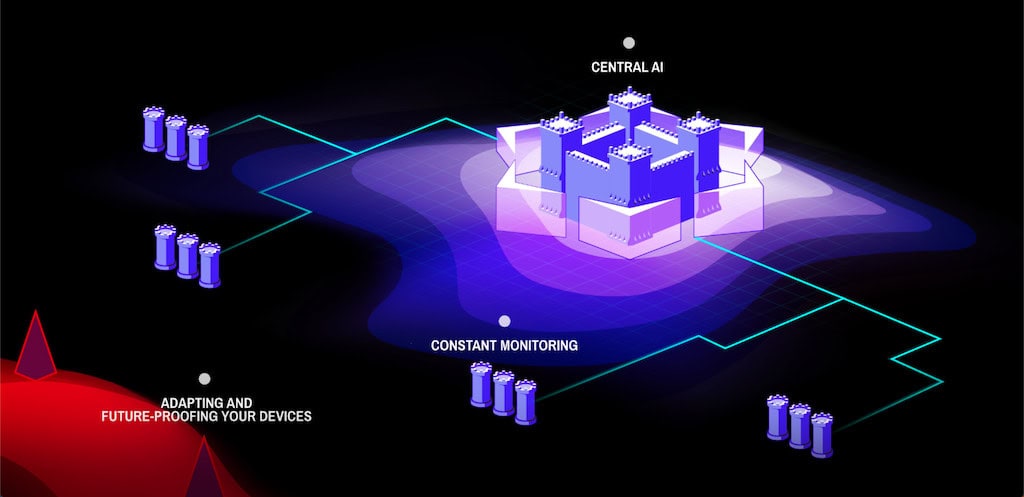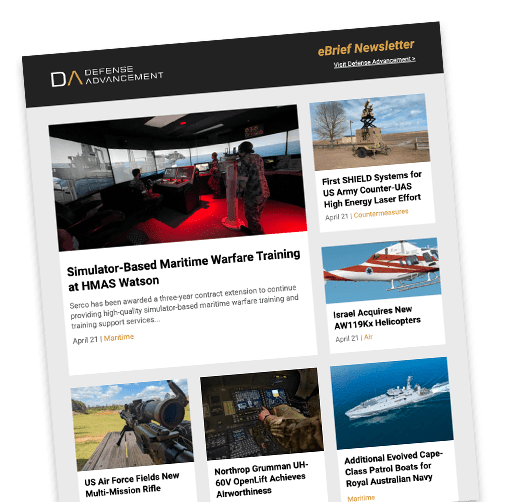Communications systems and equipment form the backbone of military operations, enabling secure, reliable, and real-time information exchange across diverse operational environments. These advanced technologies are critical for maintaining situational awareness, ensuring seamless coordination among units, and supporting command and control structures in high-stakes scenarios. Designed to meet the rigorous demands of defense applications, modern systems prioritize durability, encryption, and multi-domain operability.
Suppliers
Add your company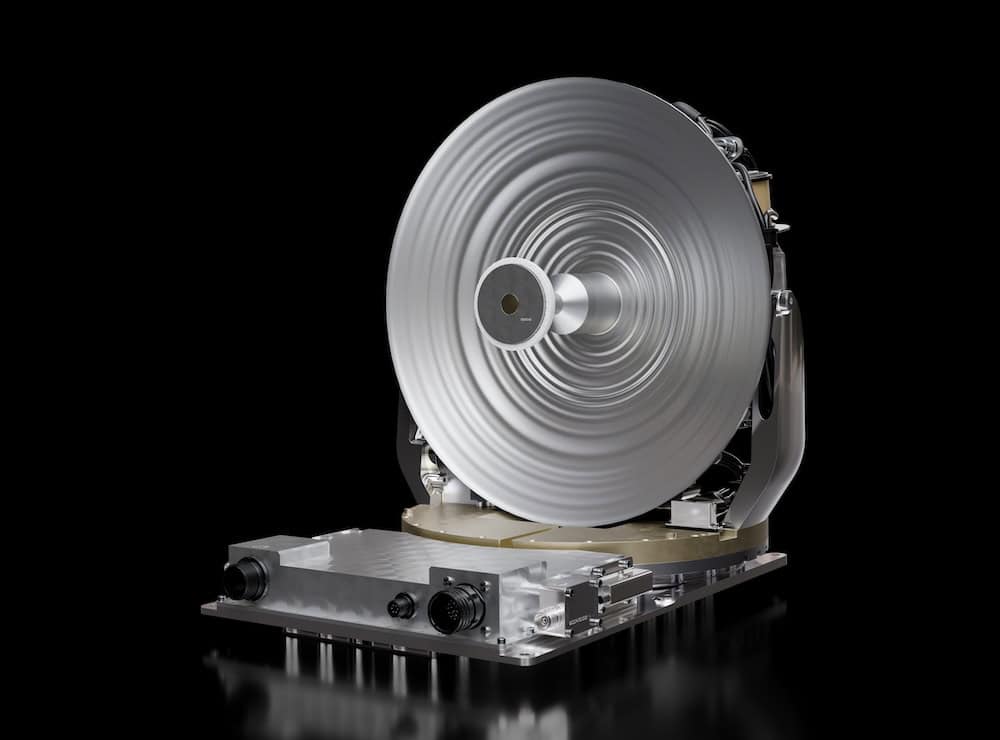
Advanced Solutions for Defense Modernization: Propulsion, Sensors, Communication & Augmented Reality Systems
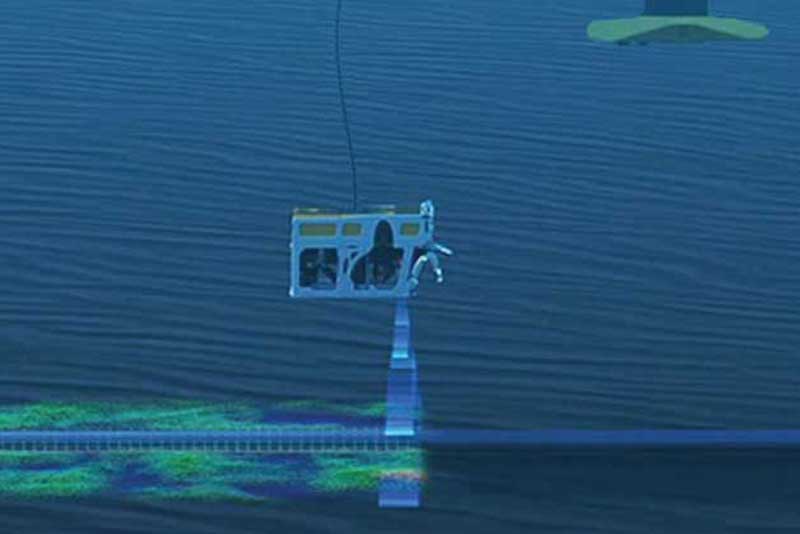
Autonomous Military Robotics and Technologies | Amphibious Tracked Vehicles
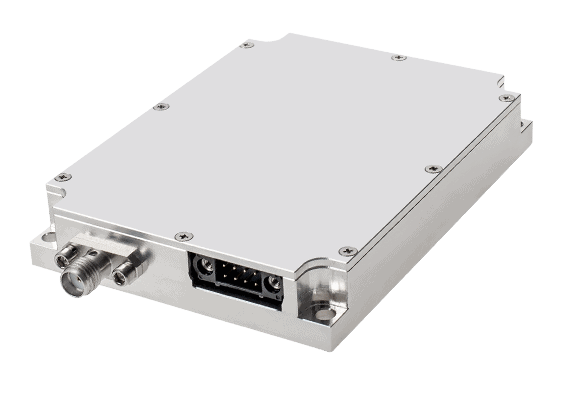
Integrated Radio MIMO Systems, RF Power Amplifiers for C-UAS, Electronic Warfare & ISR Data Links
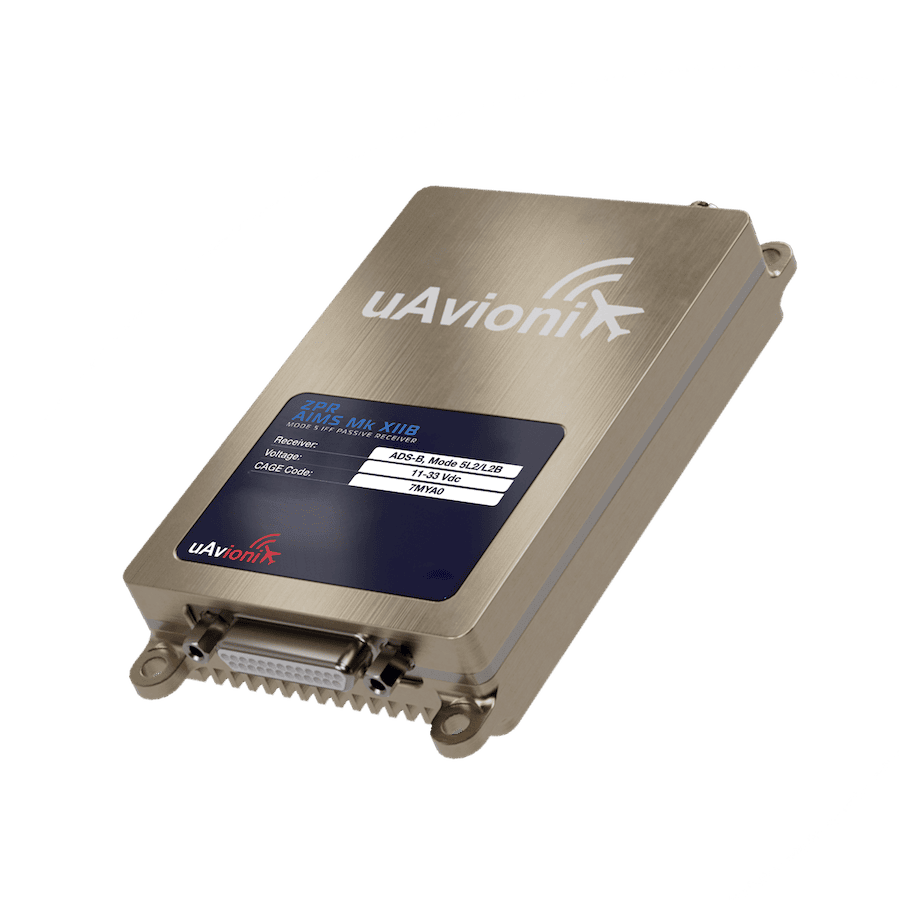
Identification Friend or Foe & Mode 5 Combat ID for Military UAS
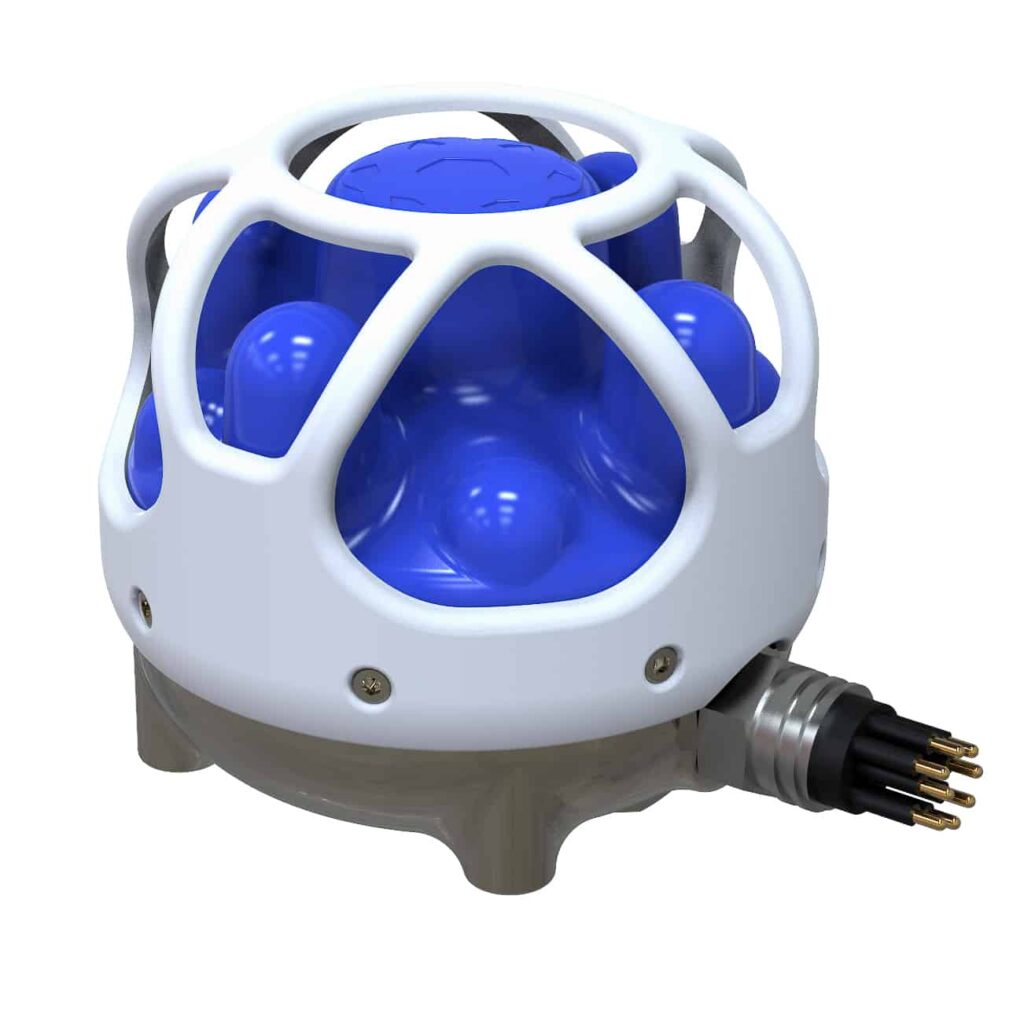
ITAR free Position, Navigation and Timing (PNT) solutions for Sea, Land & Air applications
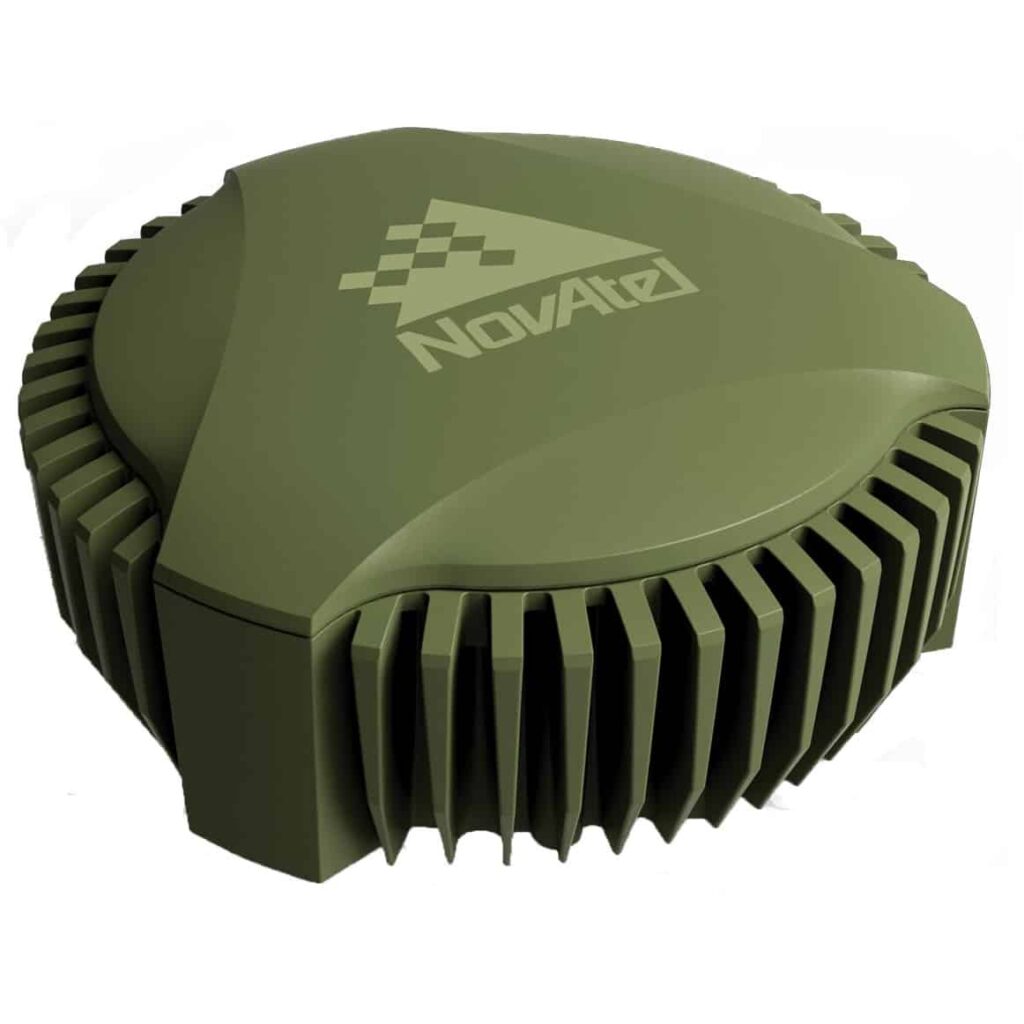
Assured Position, Navigation and Timing (PNT) Solutions for Military and Defense

High Reliability Solutions for Managing the Electromagnetic Spectrum
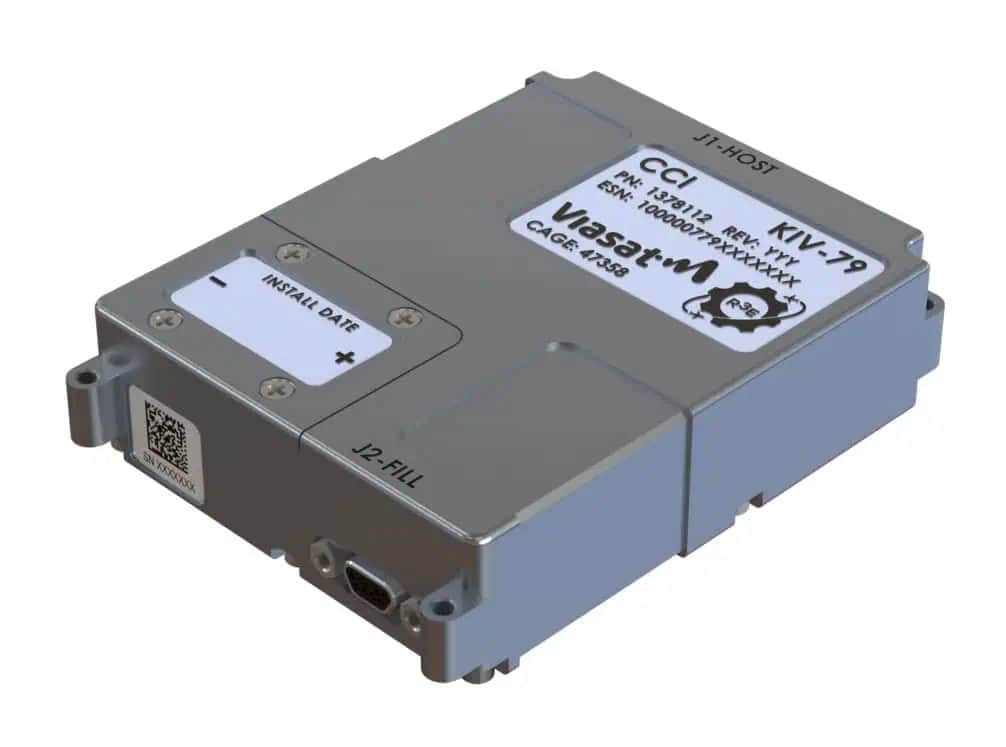
Cutting-Edge Encryption Solutions for Military & Government: Protection Against The Most Sophisticated Modern Cyber Threats
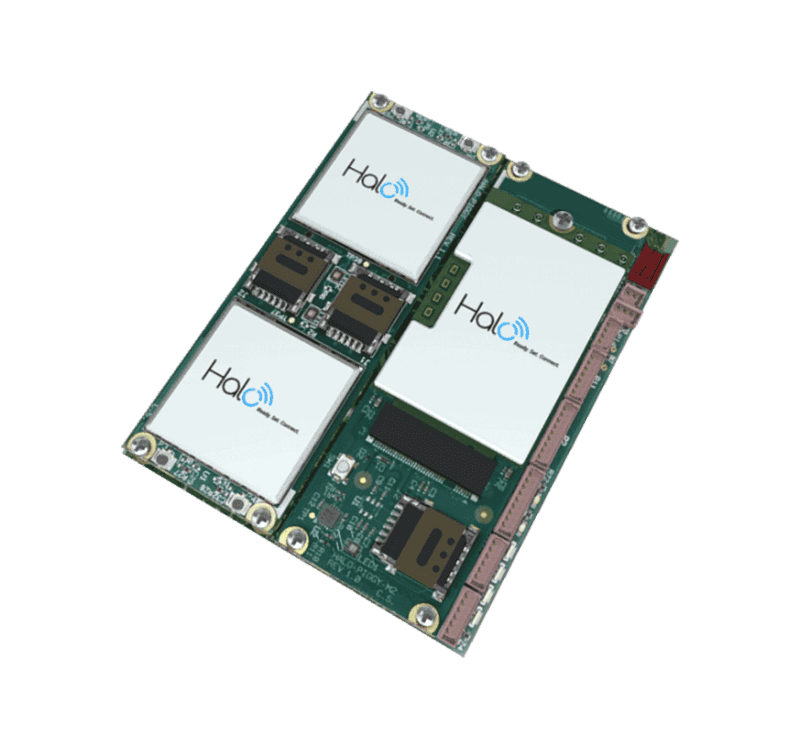
Ultra-Reliable & Secure BVLOS Communications Technology for Mission-Critical Drones & Robotics
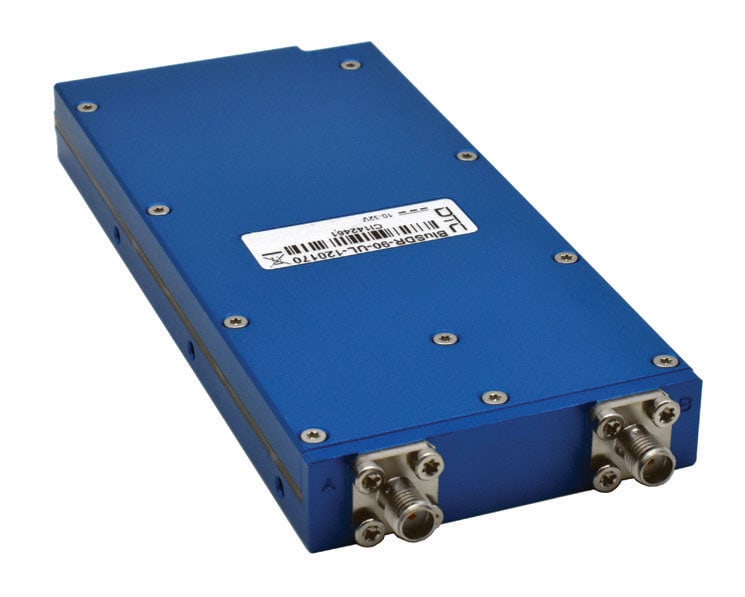
Software Defined Radios (SDRs) for Military & Tactical Missions - IP Mesh and COFDM MANET Technology
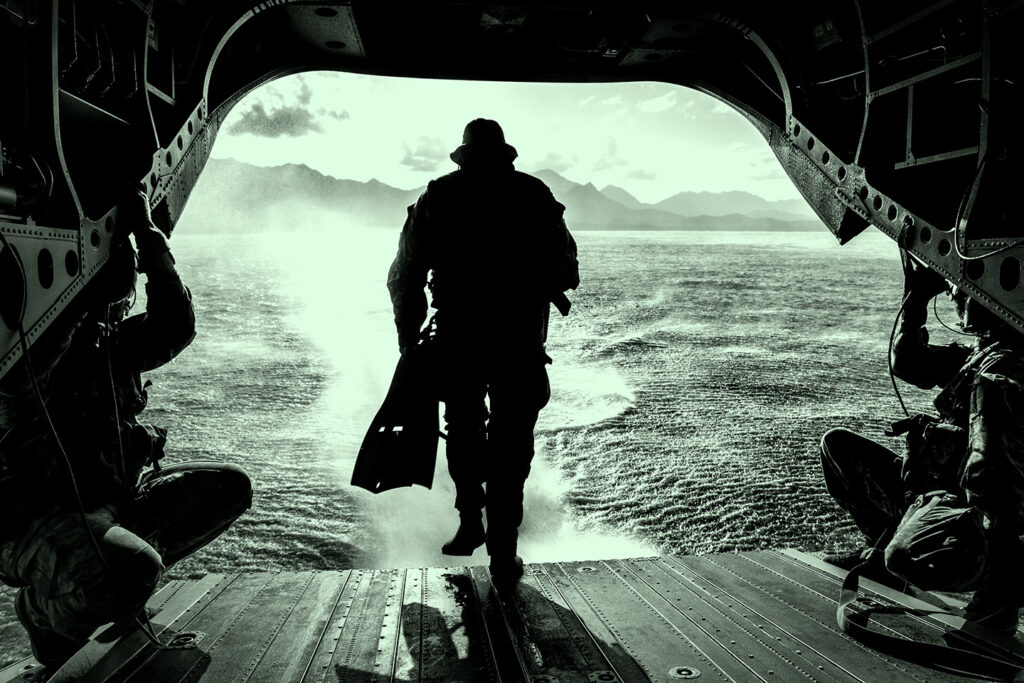
WE ARMOR IT. MilSpec Electronics & Rugged IT Equipment for Military, Government & Critical Infrastructure
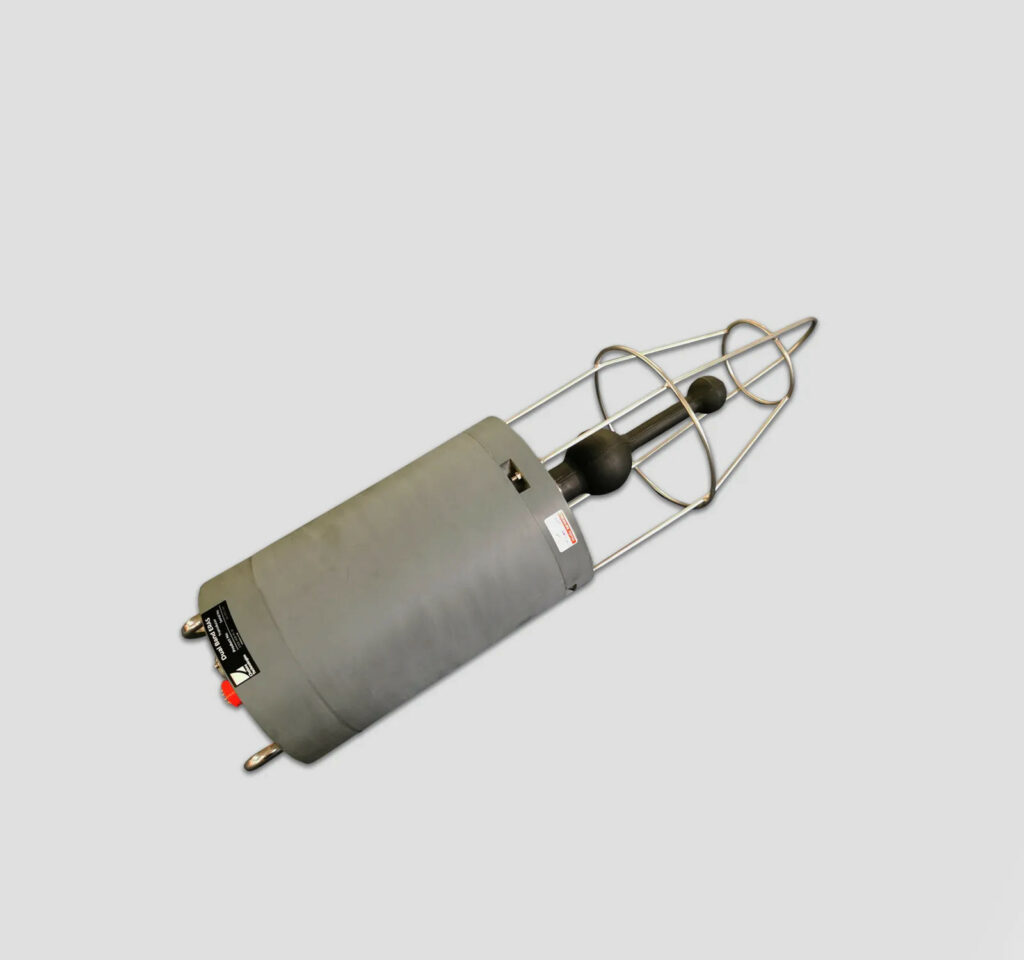
Undersea Sensing, Communications, Imaging, Control and Navigation Solutions for Naval Forces
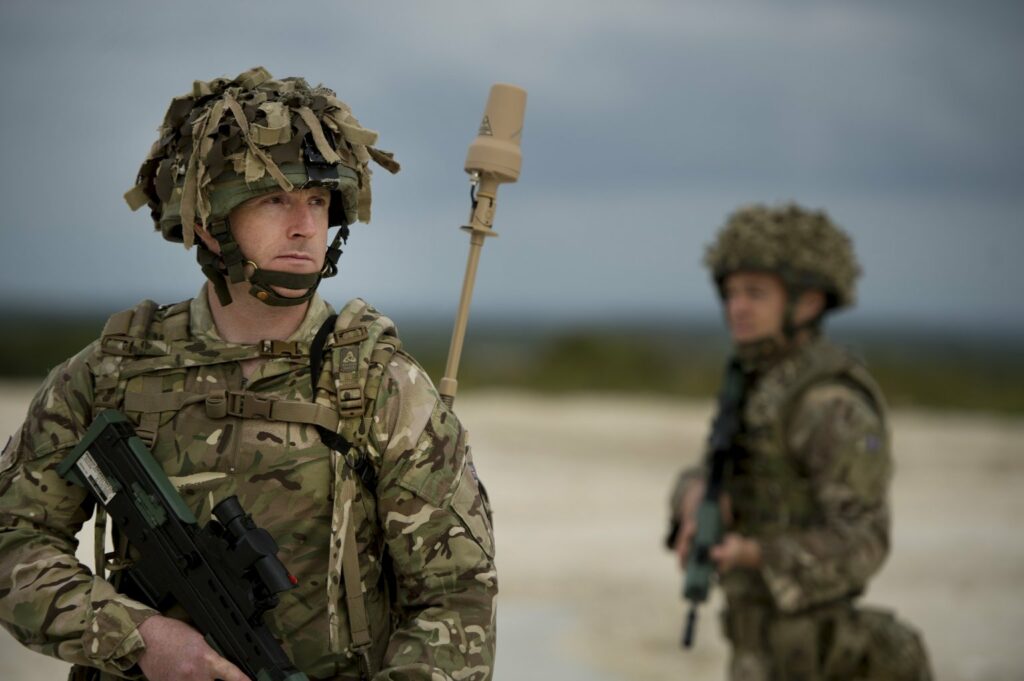
BLOS Strategic Communications Systems and Tactical Radio Range Extension Technologies
Powerful Edge Video Processing - Essential functionality for a wide range of ISR applications
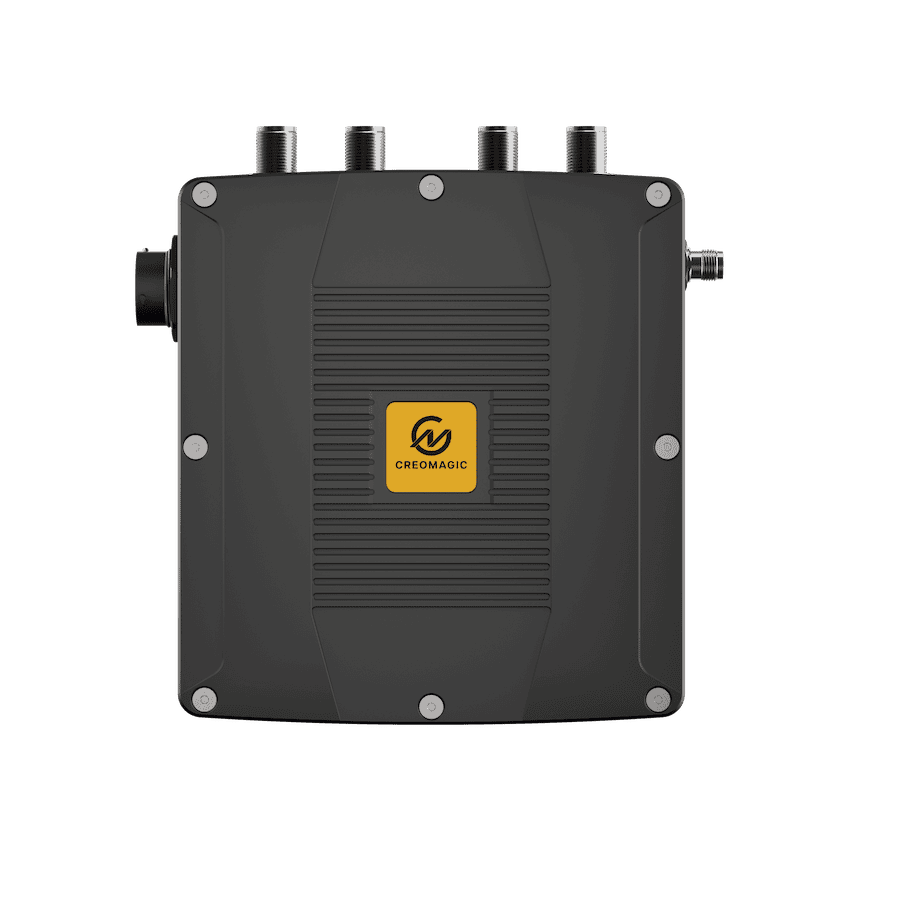
Intelligent MANET Communication Solutions for the Warfighter and Mission-Critical Defense & Government Operations
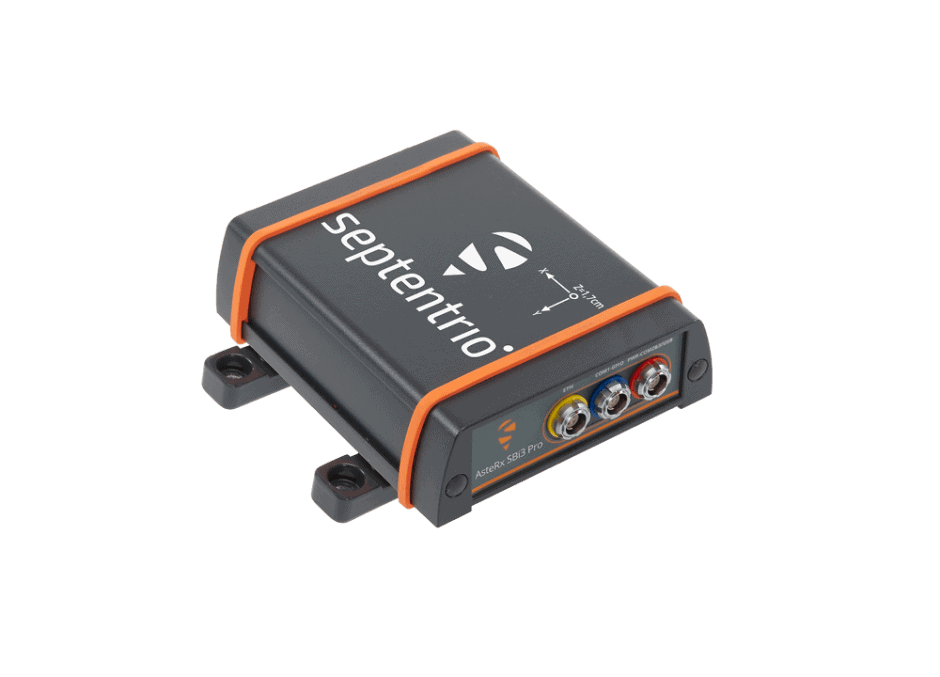
Assured PNT Solutions for Mission Critical Military, Defense & Government Applications
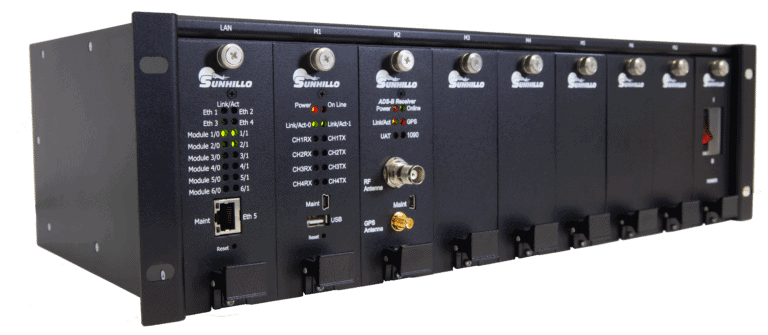
Mission-Critical Surveillance Data Solutions for Government, Military & Defense Organizations
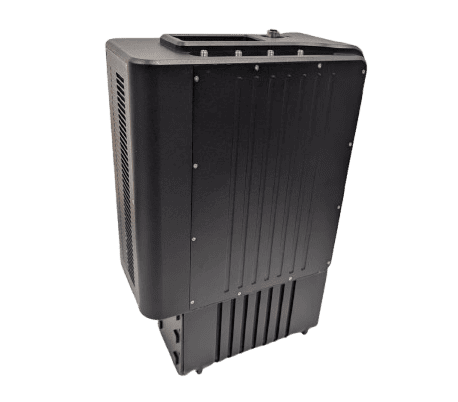
Cellphone & Wi-Fi Detection and Surveillance Solutions for Military, Security & Public Safety Applications
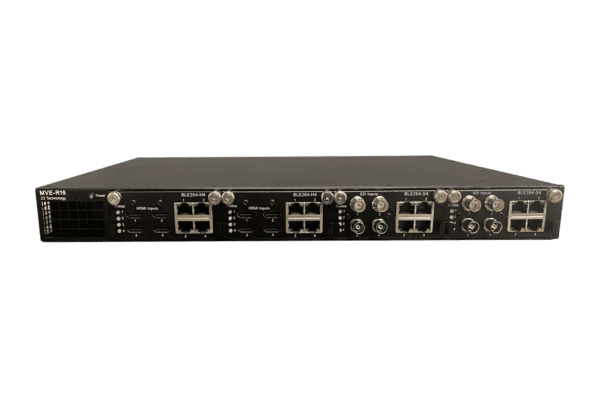
NDAA & TAA Compliant Video Encoding & IP Camera Solutions for Mission-Critical Applications
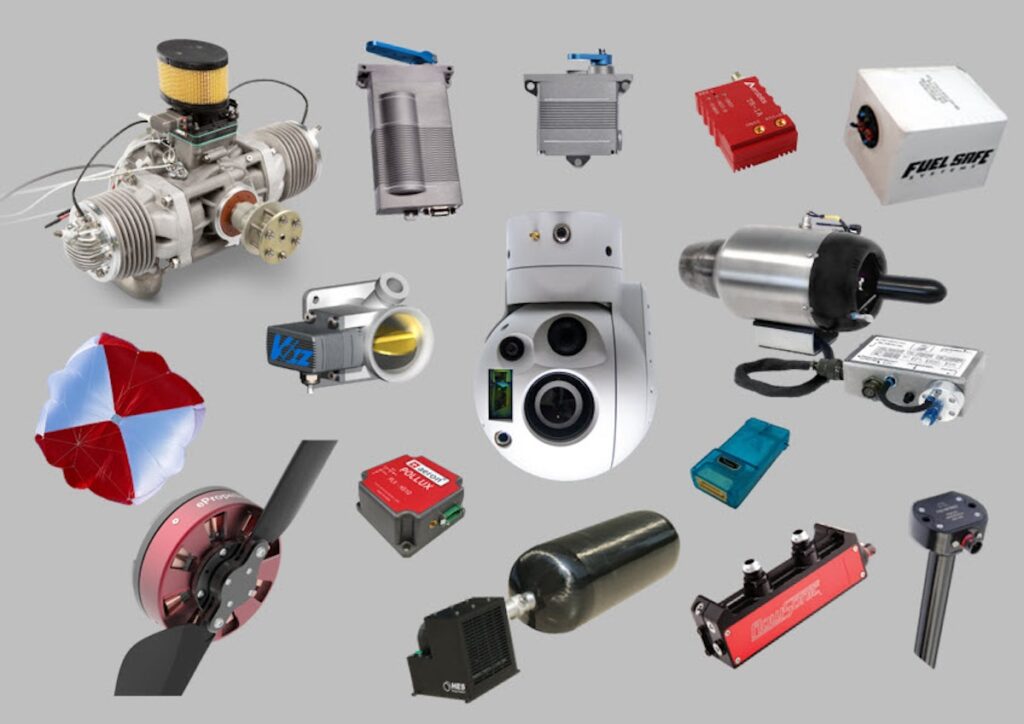
Cutting-Edge UAV Technologies for Defense Primes, Drone OEMs and Systems Integrators

NDAA-Compliant Software-Defined Ecosystem For Next-Generation Robotics & Autonomous Vehicle Platforms
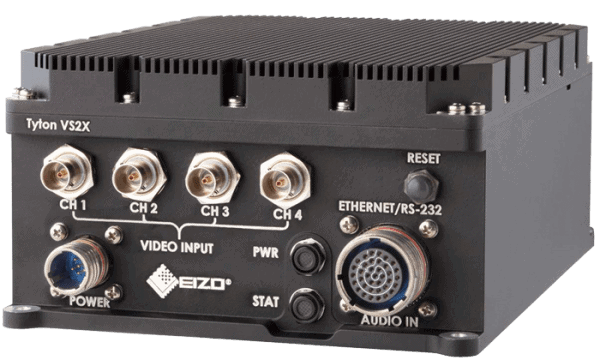
High-Performance Video Graphics, GPGPU, AI/ML Processing & Display Solutions for Mission Critical Environments
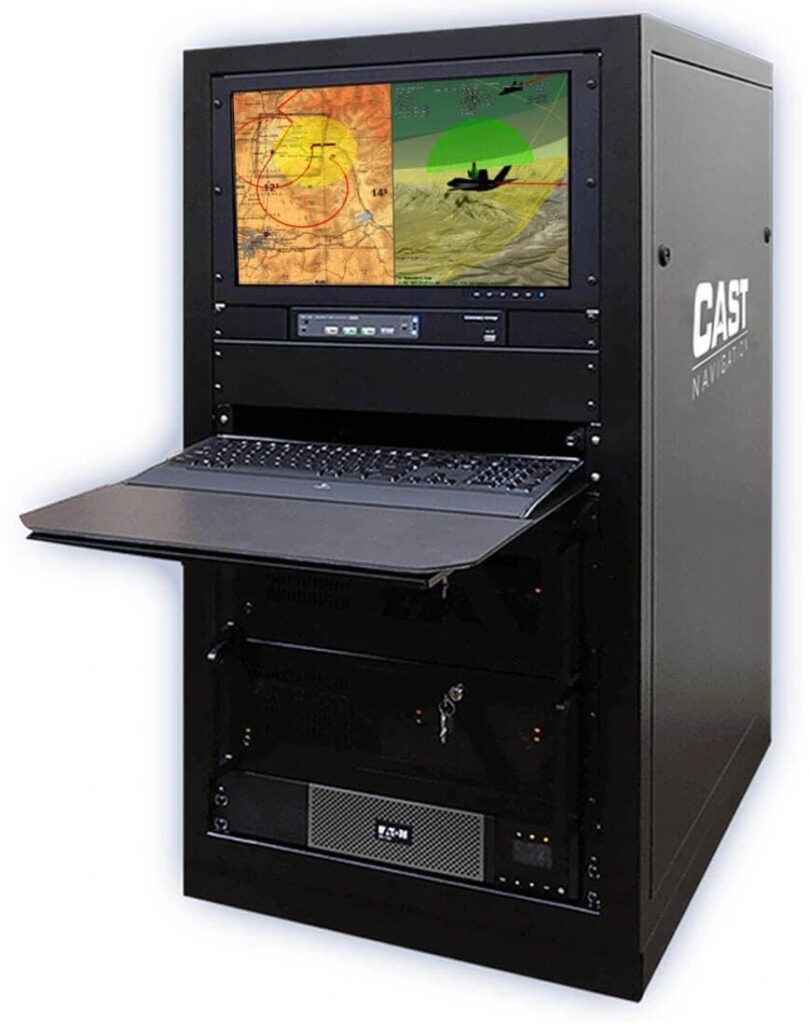
GNSS & Navigation Testing Simulators - Antenna & Interference Simulation
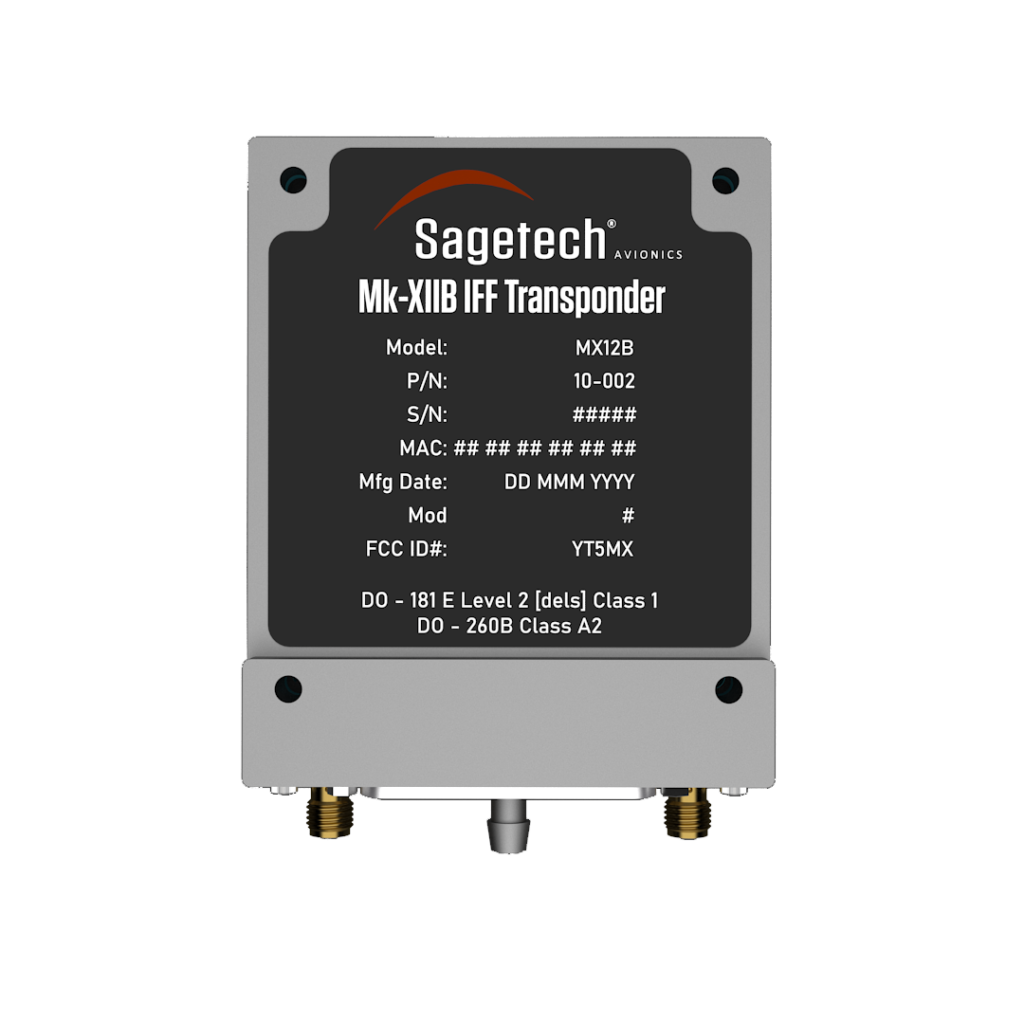
Global Provider of Certifiable Situational Awareness & BVLOS Solutions
If you design, build or supply Communication & Data Systems, create a profile to showcase your capabilities on this page.
Products
Overview
Key Features of Military Communication Systems
Defense communication systems are engineered for operational excellence in challenging environments. Whether on the battlefield, in tactical command centers, or aboard naval vessels, these systems ensure uninterrupted connectivity under conditions that would challenge conventional technologies. They integrate cutting-edge features such as:
- Encrypted and Secure Channels: Robust encryption protocols safeguard sensitive data and voice transmissions from interception, meeting stringent military security standards.
- Network Resilience: Built to operate in environments with electronic warfare threats, these systems employ anti-jamming and frequency-hopping technologies.
- Interoperability: They facilitate seamless integration with a wide array of platforms, including land vehicles, aircraft, naval vessels, and personal soldier-worn devices.
Tactical Communication Equipment
Tactical communication equipment plays a pivotal role in field operations, offering soldiers real-time voice and data exchange capabilities. Ruggedized radios, satellite uplinks, and mobile command terminals are designed to perform in extreme climates and endure physical stress. This category includes handheld units for infantry, vehicular systems for armored platforms, and deployable solutions for rapid-response teams.
The implementation of army network communications systems enables forces to create a digital battlefield network, enhancing command efficiency and operational agility. These networks often incorporate advanced mesh technology, allowing nodes to self-organize and adapt to dynamic conditions.
Subsea Communication Systems
For underwater missions, subsea communication systems provide reliable connectivity for naval forces, submarines, and unmanned underwater vehicles (UUVs). These systems employ technologies like acoustic modems and fiber optic links to transmit data through water—a medium where traditional radio signals fail. Such capabilities are essential for coordinating covert operations, tracking enemy activity, and ensuring secure data relay between submerged assets and surface vessels.
Applications in Defense
The integration of sophisticated communications systems and equipment enhances mission success across various defense sectors:
- Army: Facilitating secure soldier-to-soldier communication and coordination within larger battlefield networks.
- Air Force: Ensuring real-time updates between ground control stations and airborne assets for missions ranging from reconnaissance to combat.
- Navy: Supporting fleet-wide connectivity and subsea operations, crucial for naval command and intelligence gathering.
Future Trends of Military Communication Systems
The evolution of defense communications is marked by a shift toward network-centric warfare. This involves leveraging technologies like 5G, AI-driven communication protocols, and satellite constellations for low-latency global coverage. Autonomous systems, including unmanned ground vehicles (UGVs) and aerial drones, also rely on advanced communication solutions to execute synchronized operations.
In conclusion, communications systems and equipment are indispensable for modern military forces, offering the reliability, security, and scalability required to operate in unpredictable and often hostile environments. Their continuous development ensures that armed forces remain connected, informed, and ready to meet emerging challenges across all domains.



























